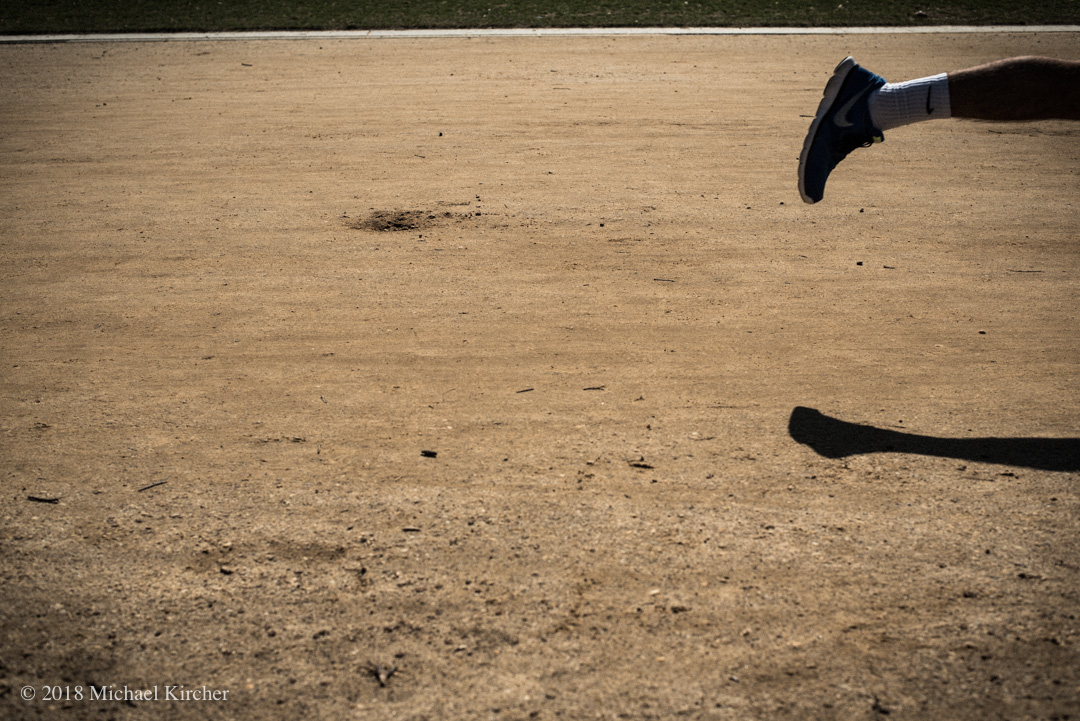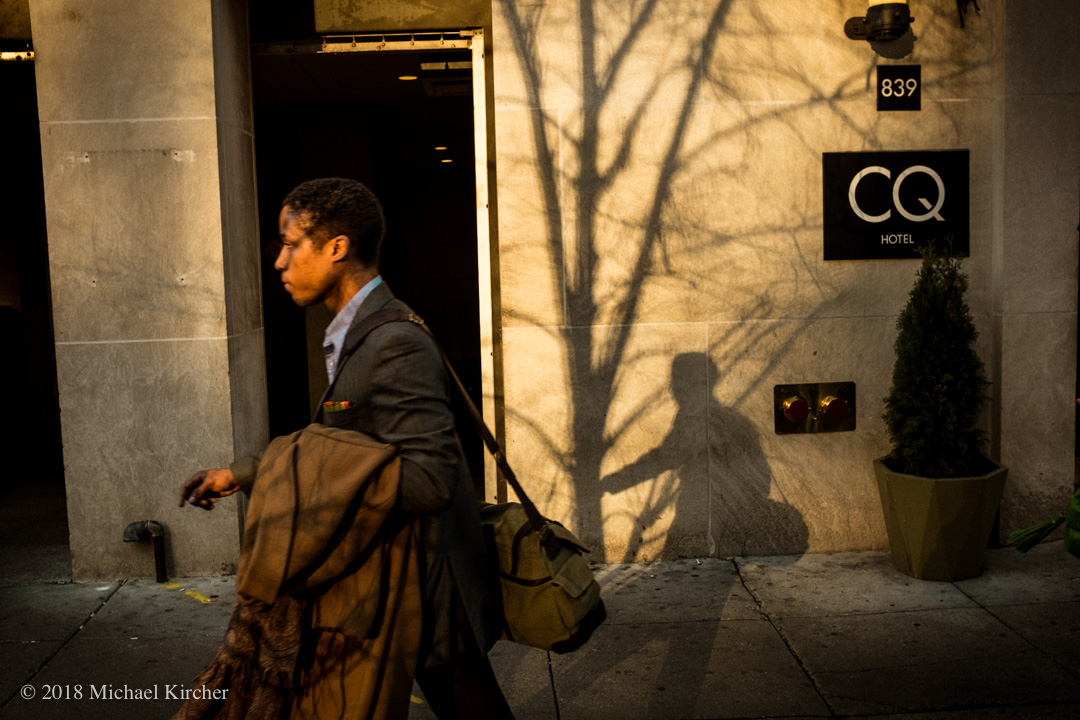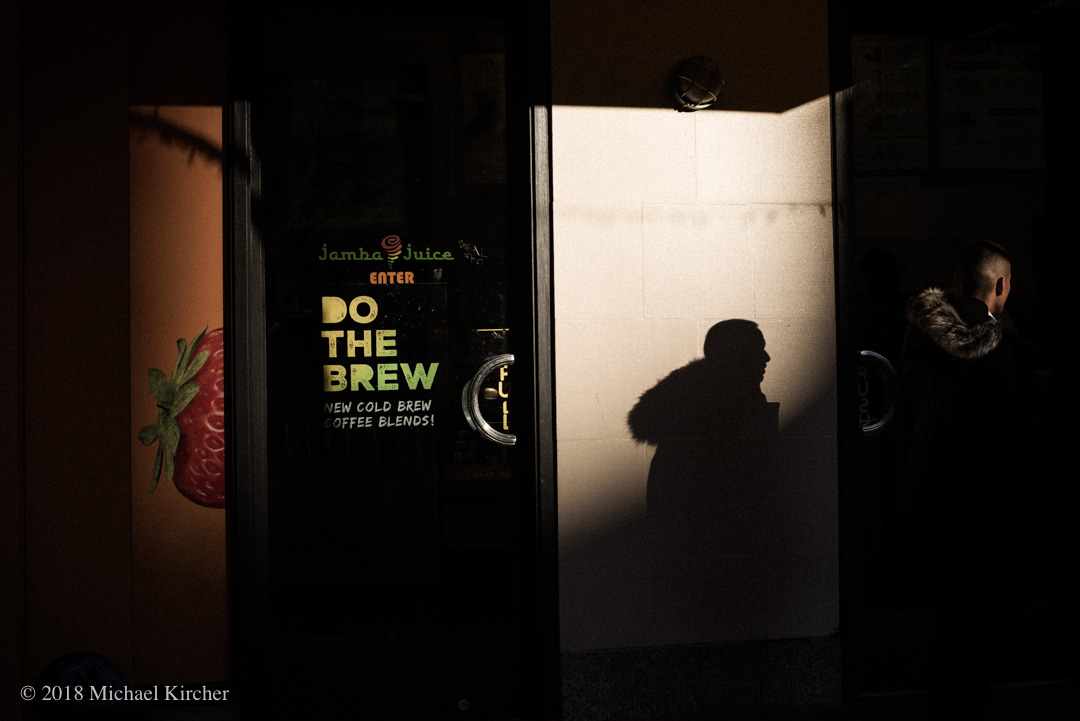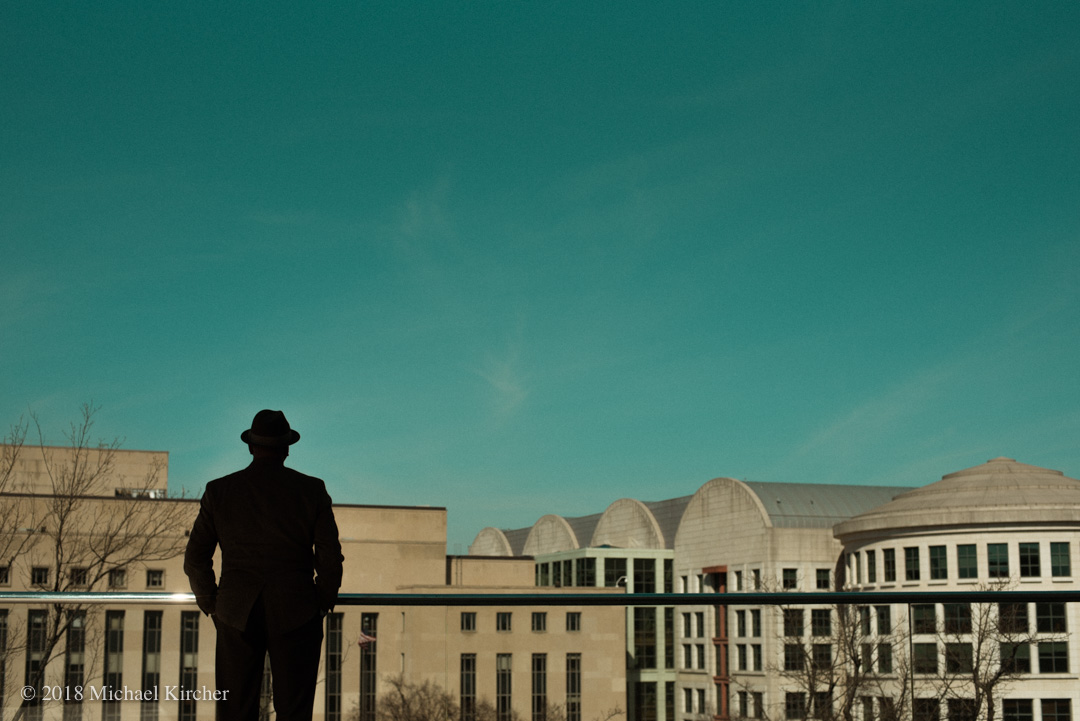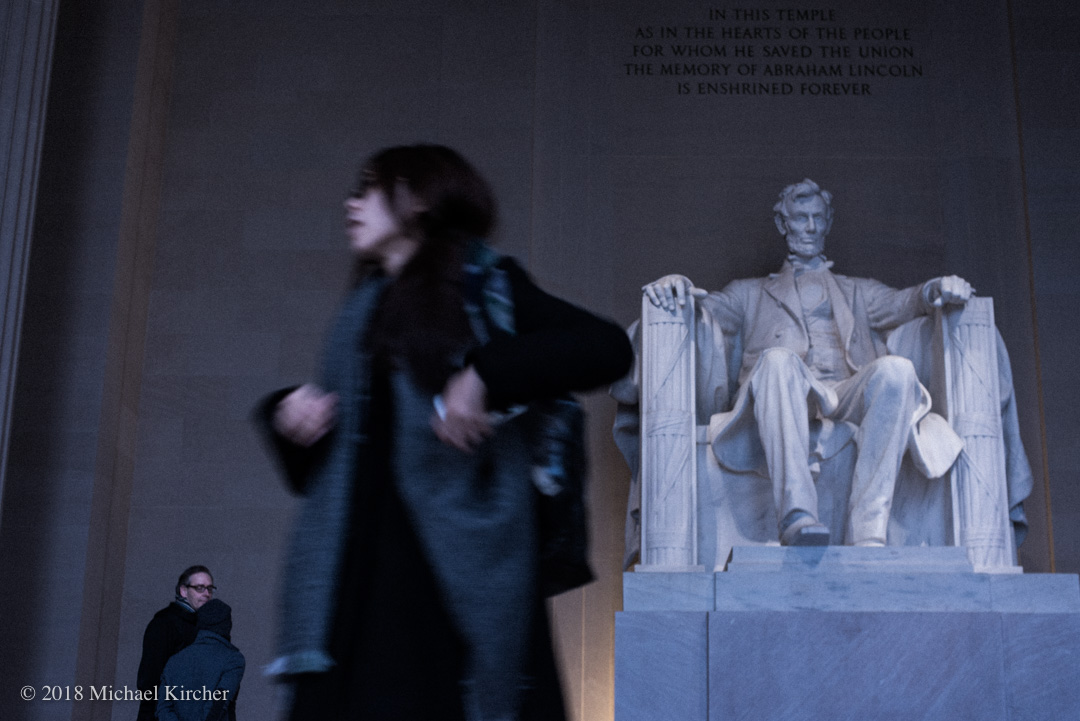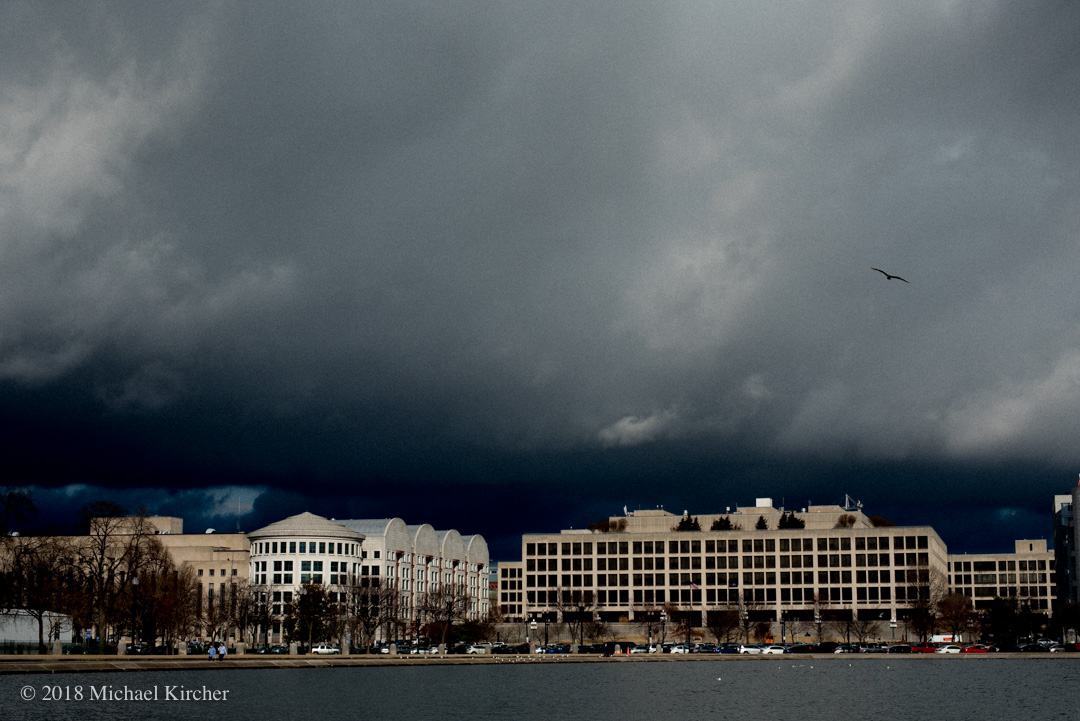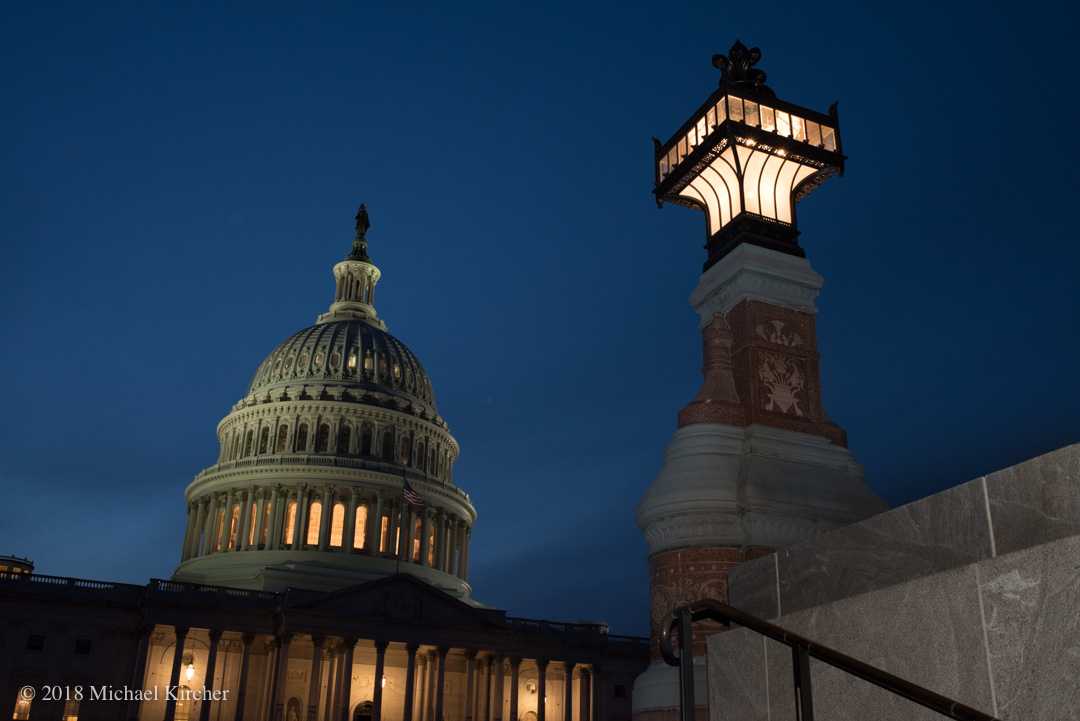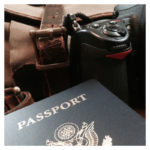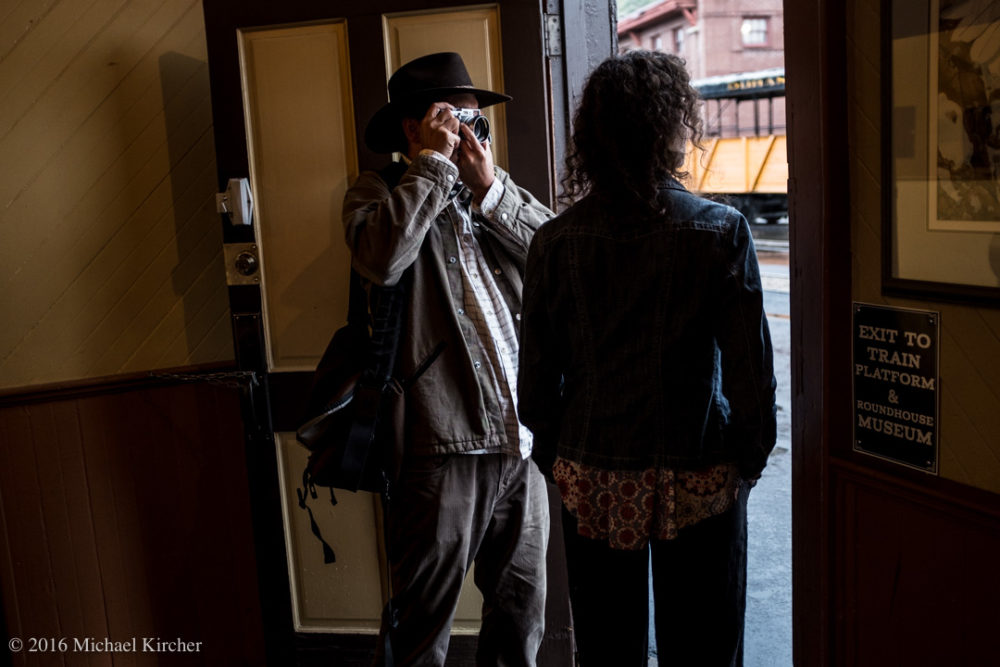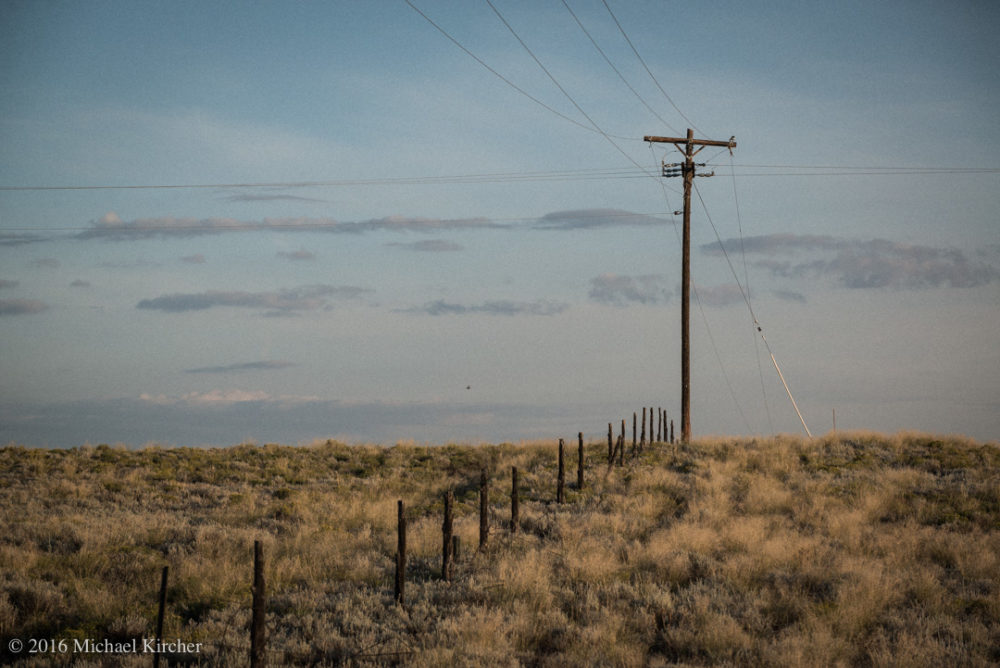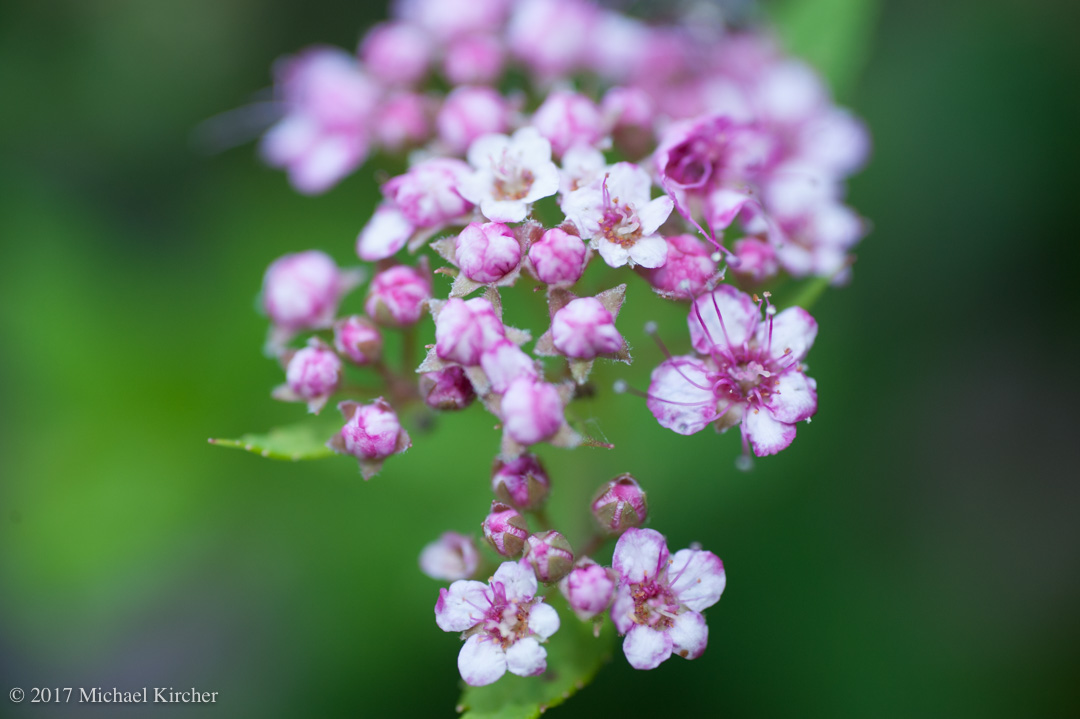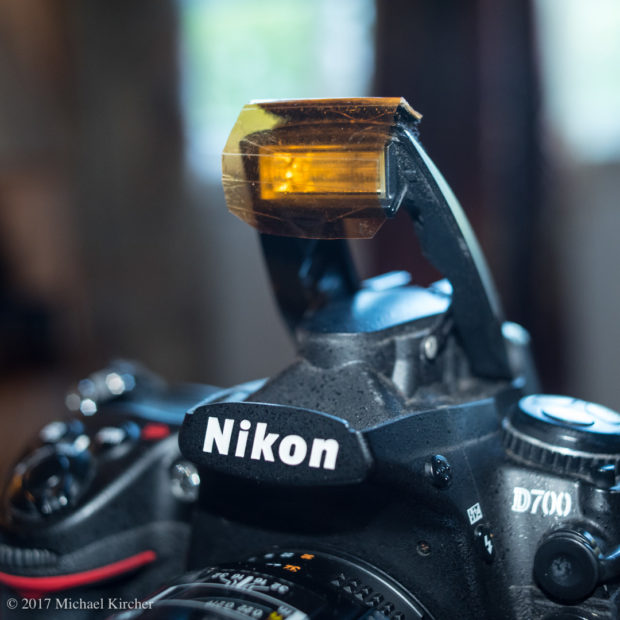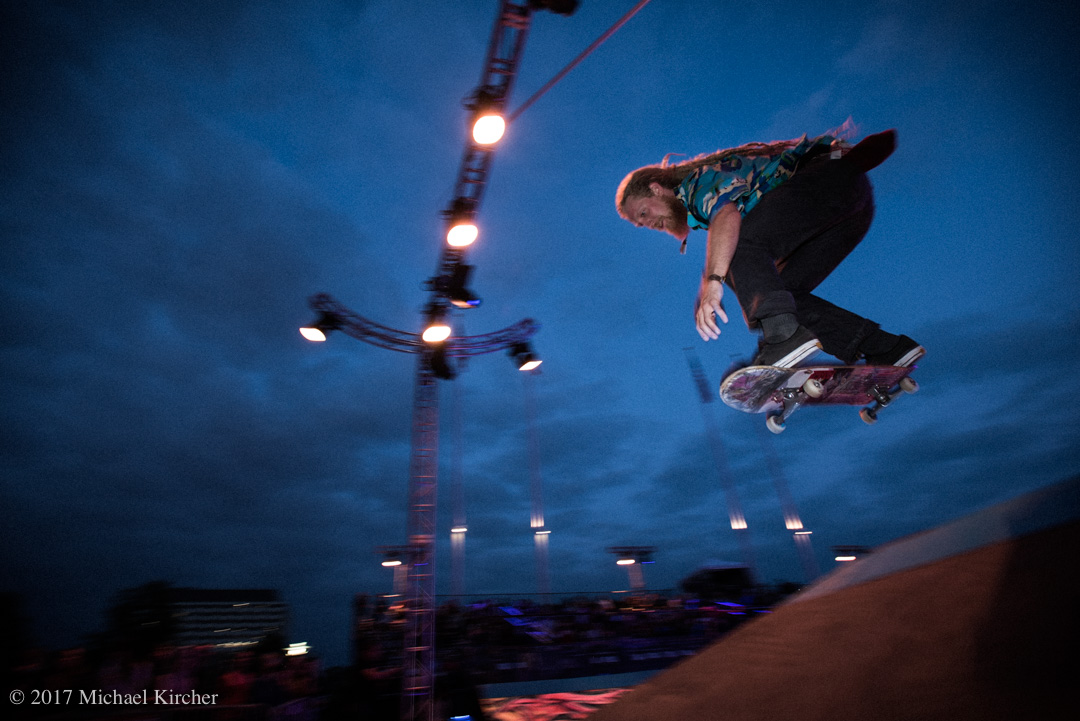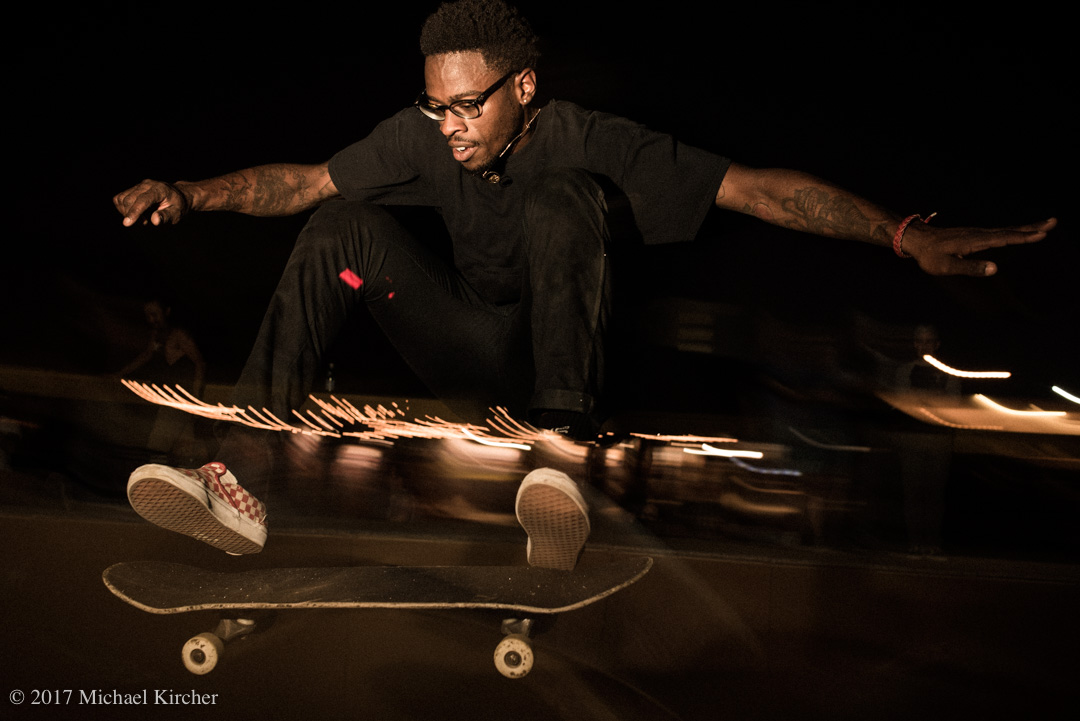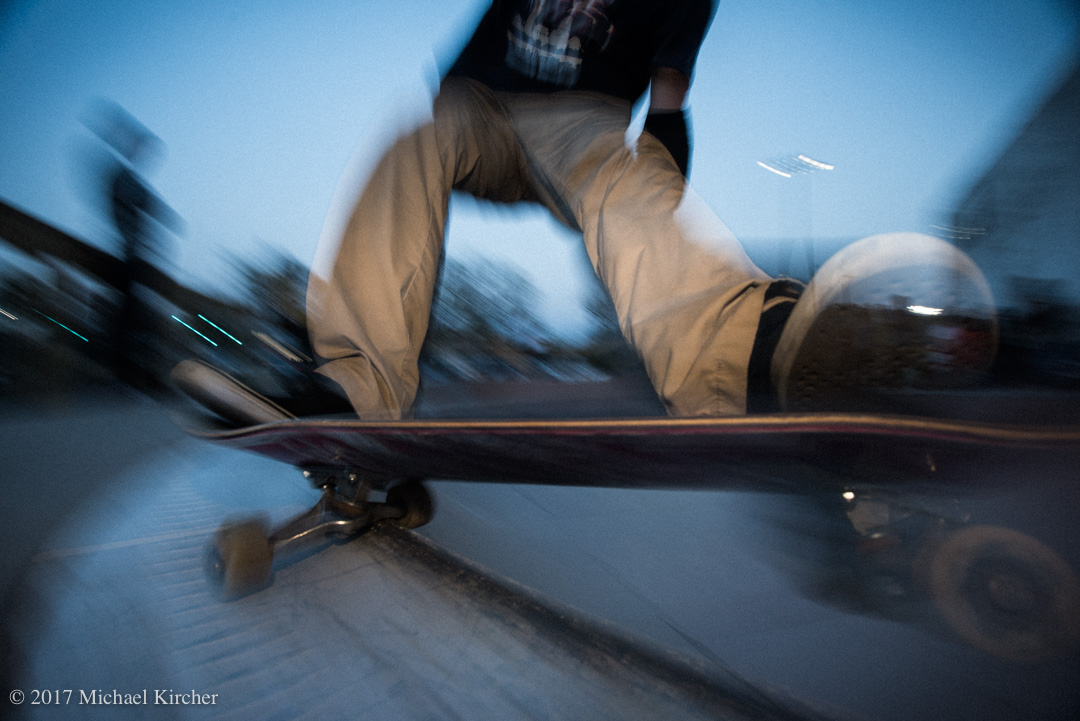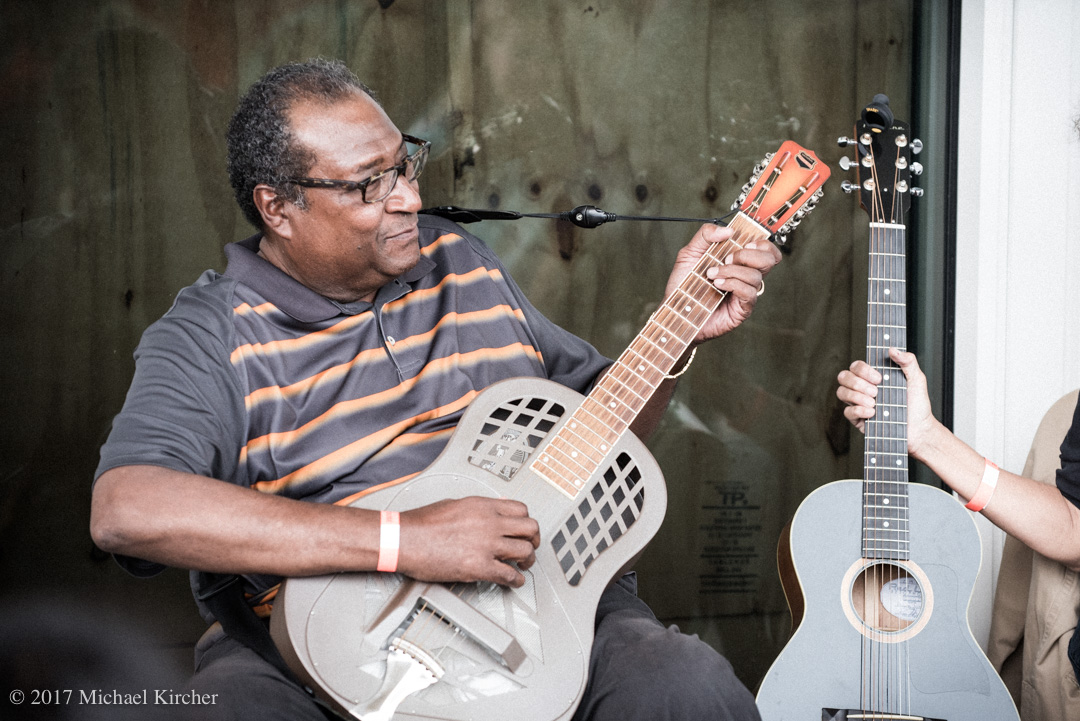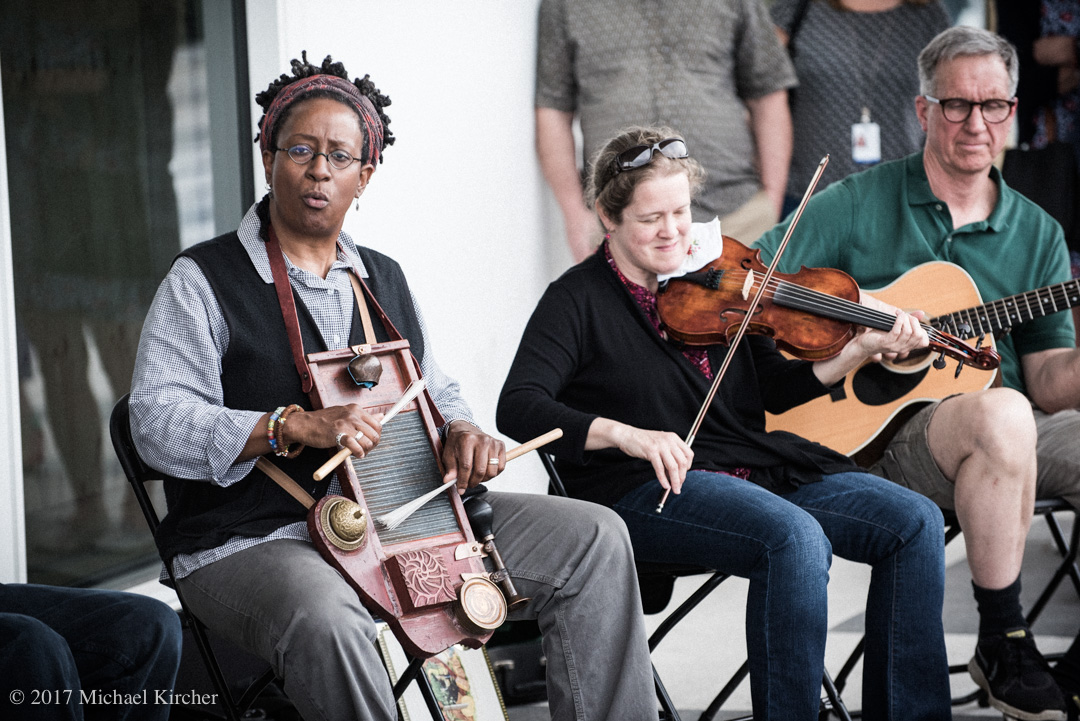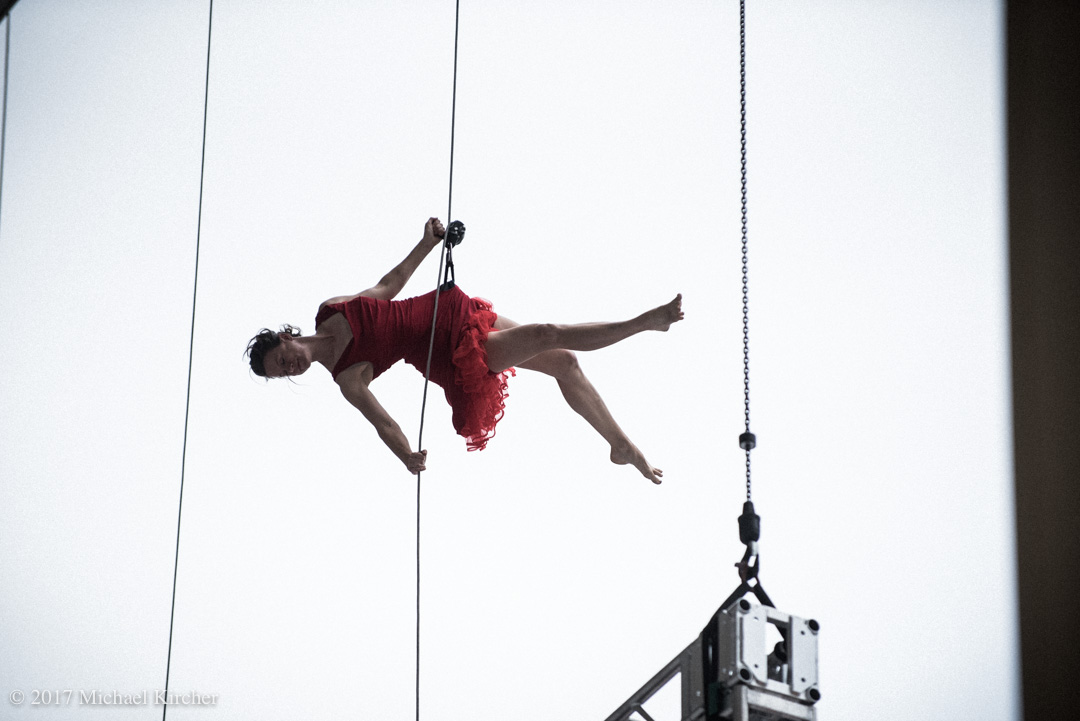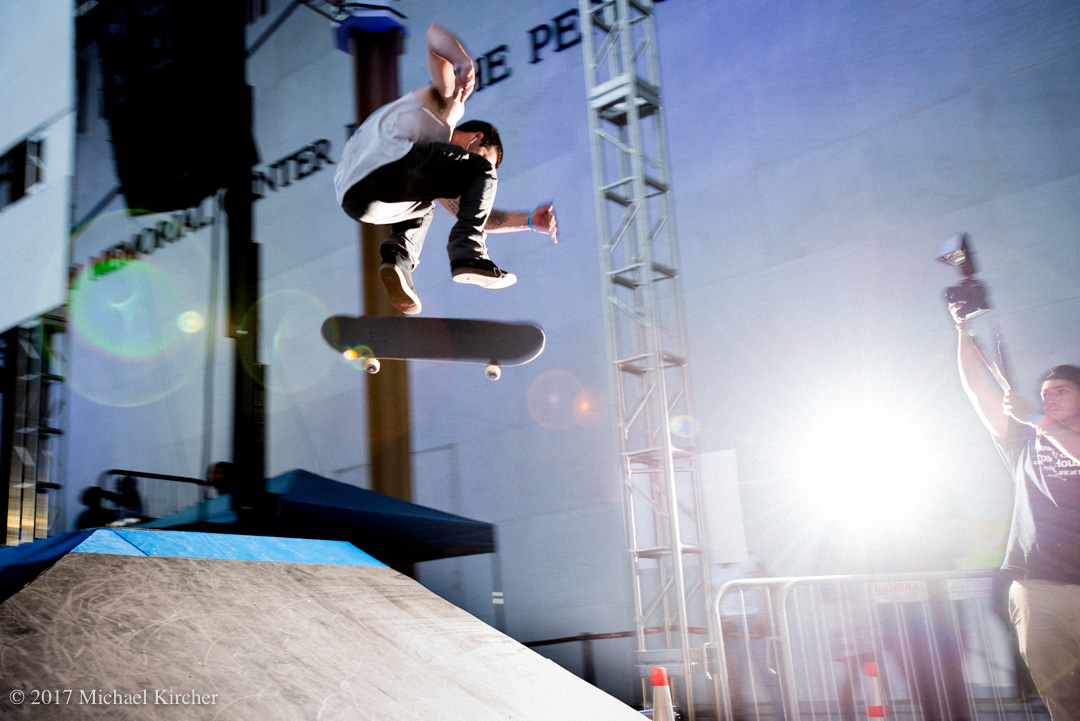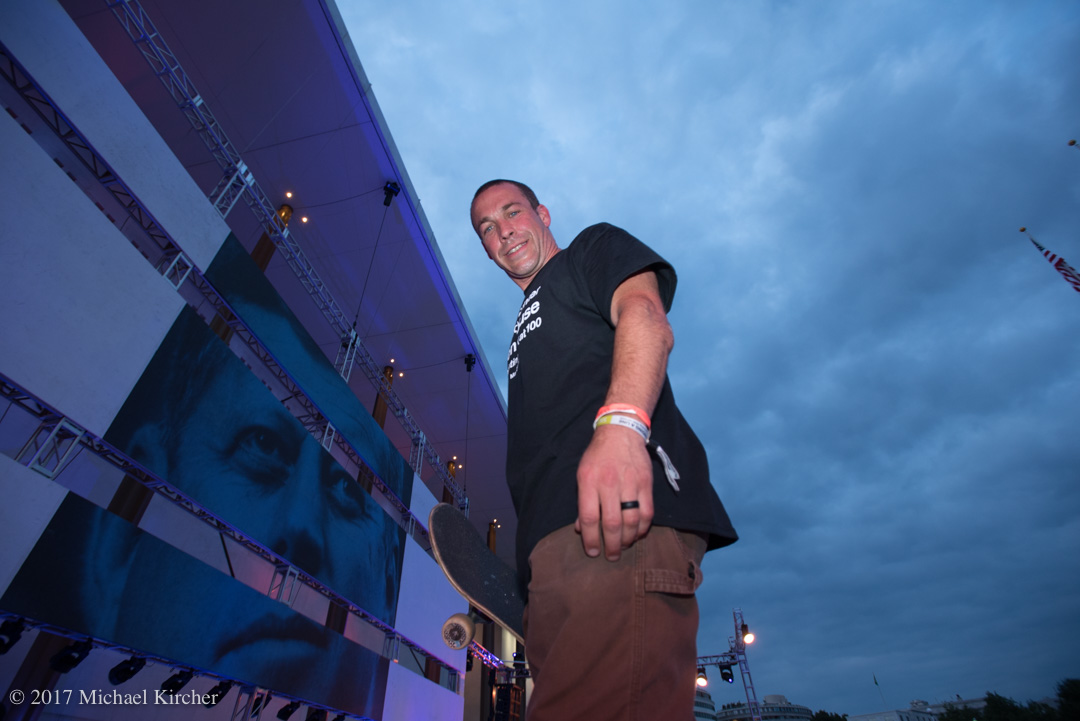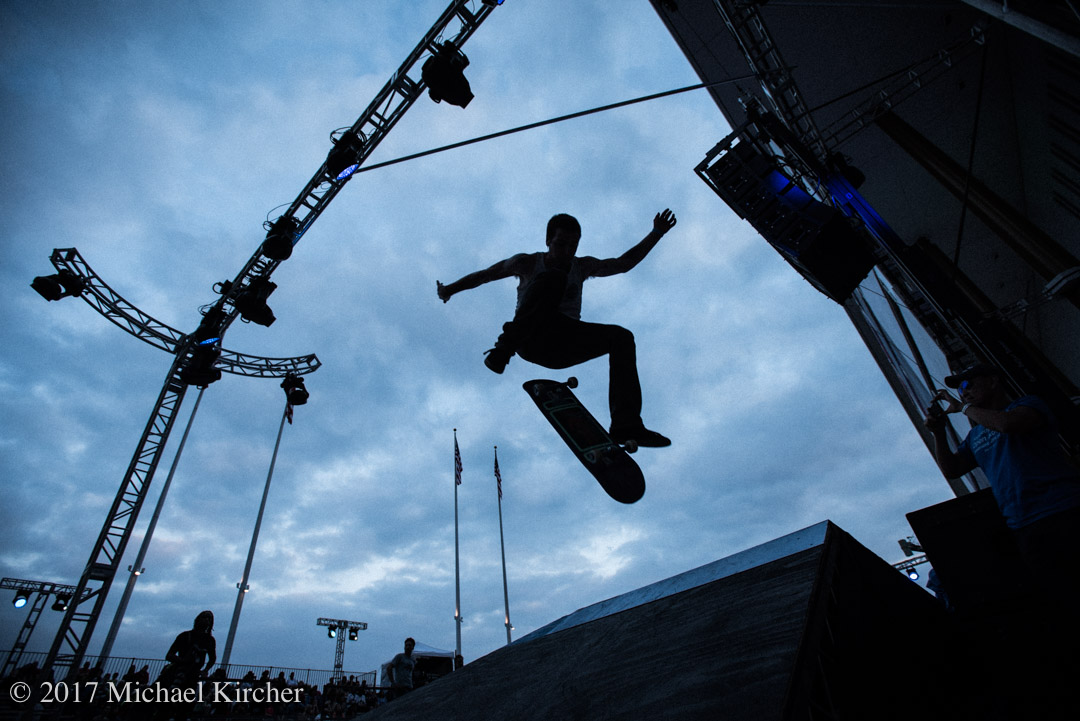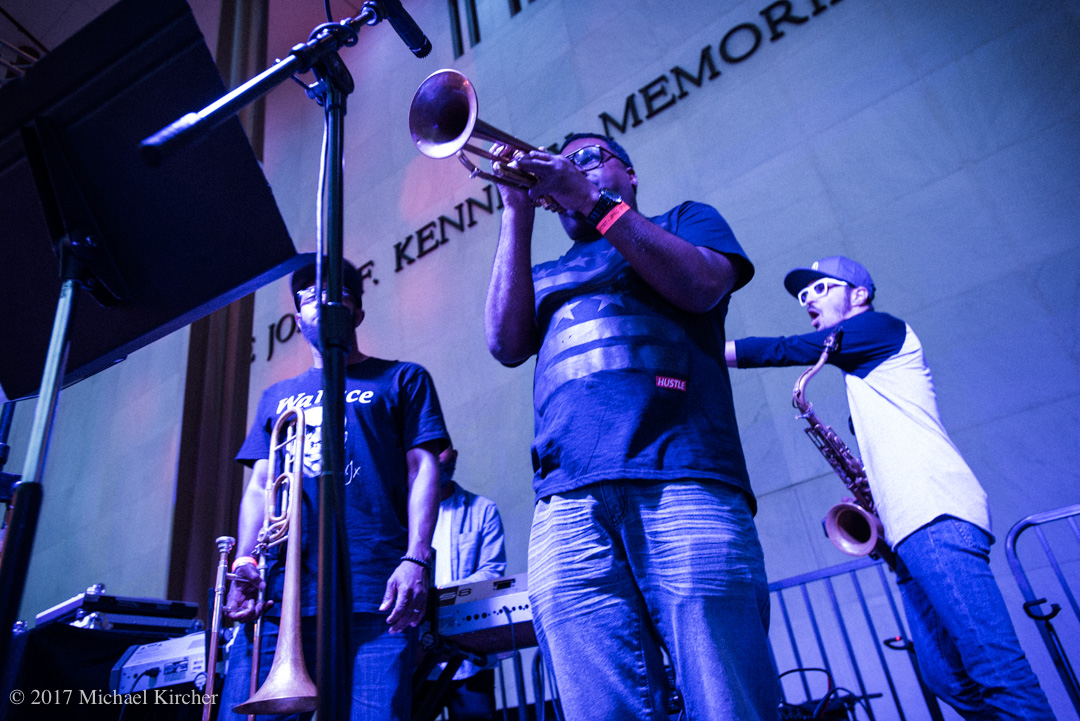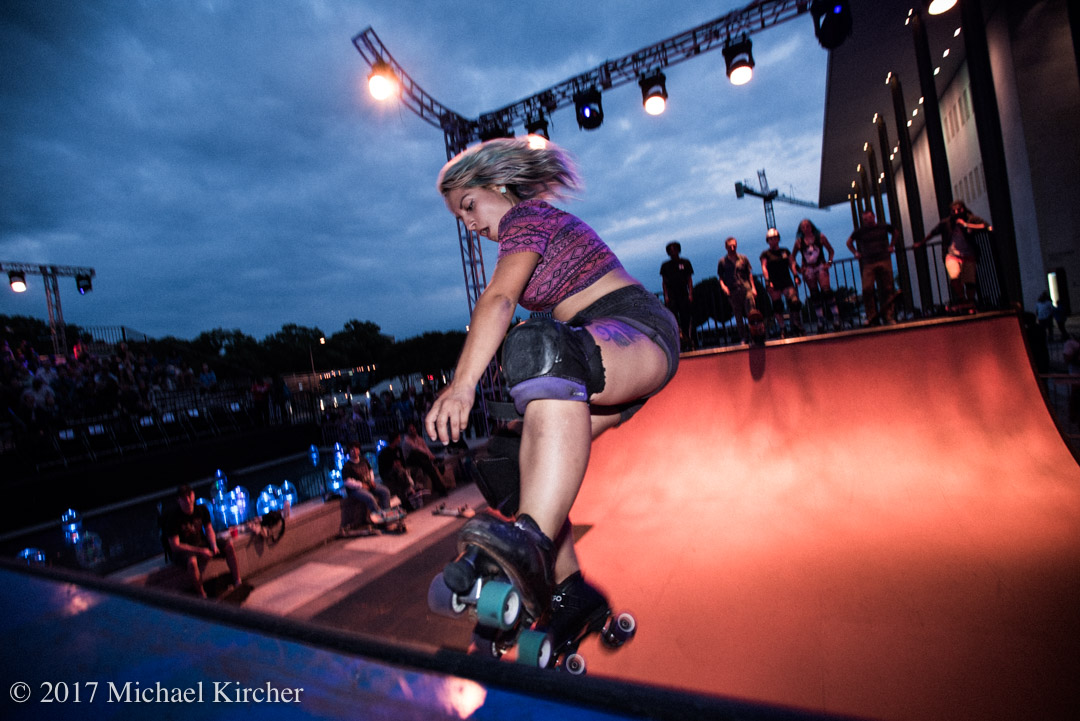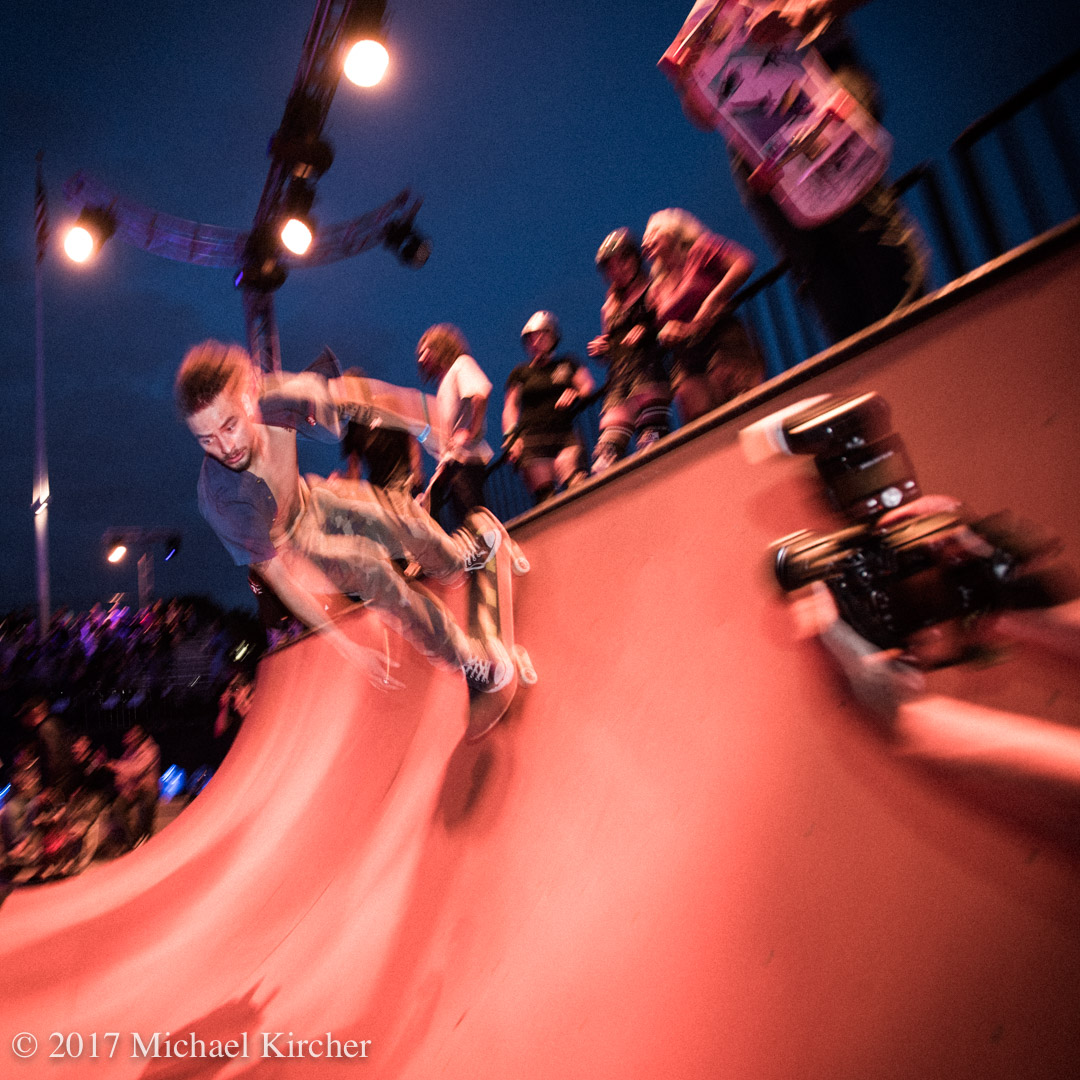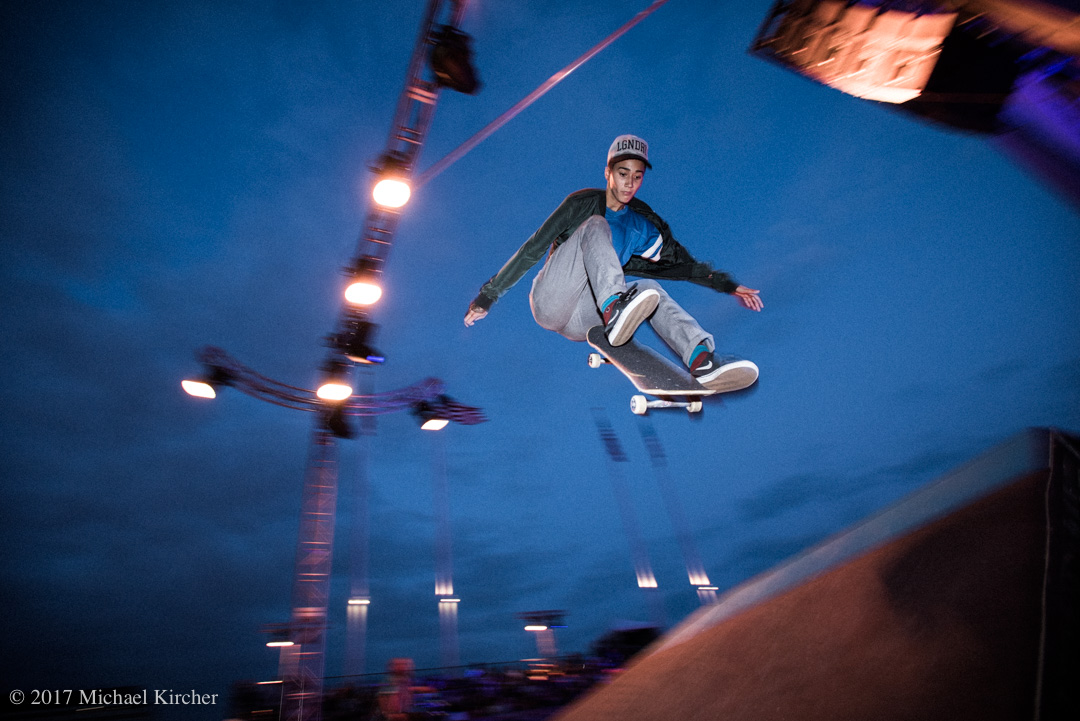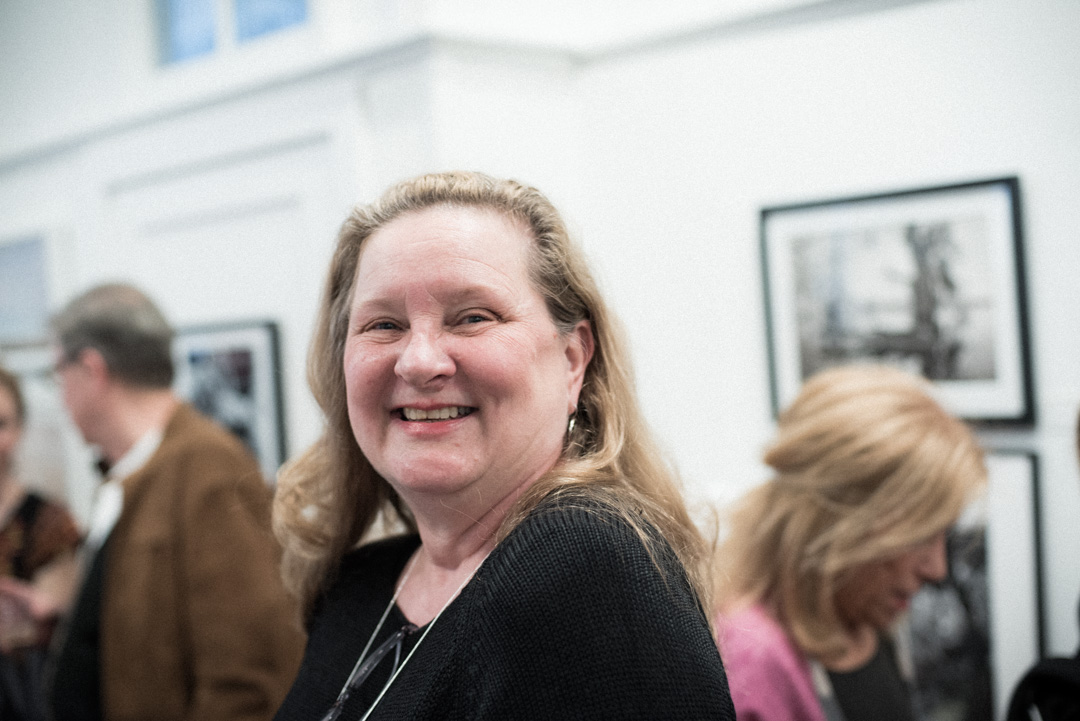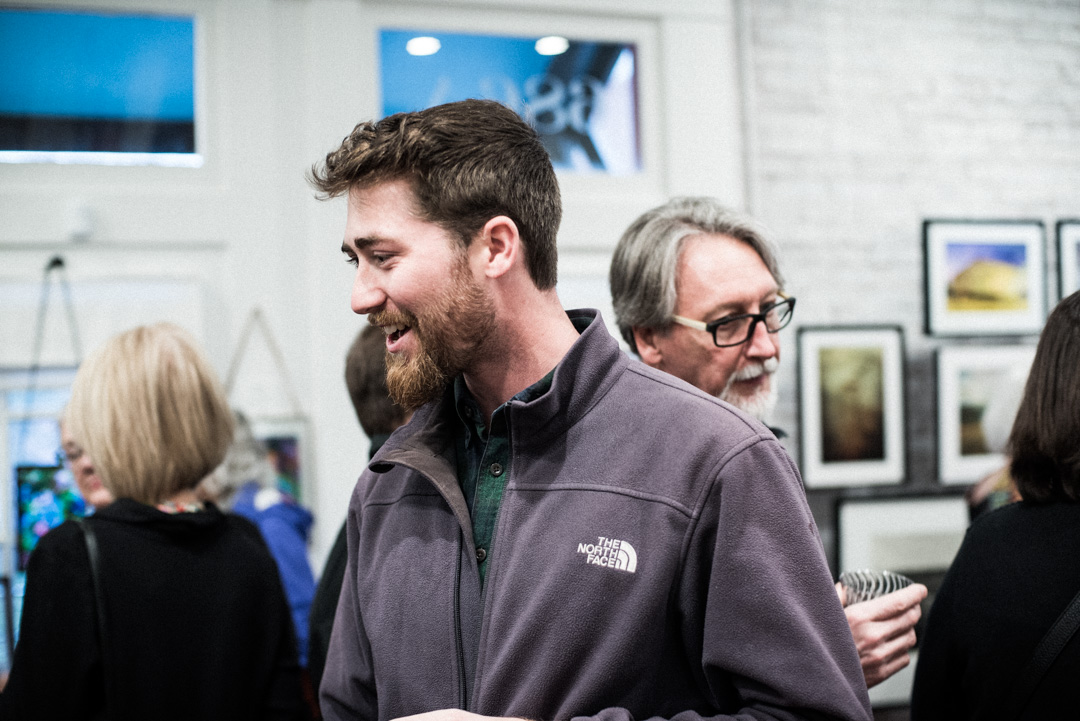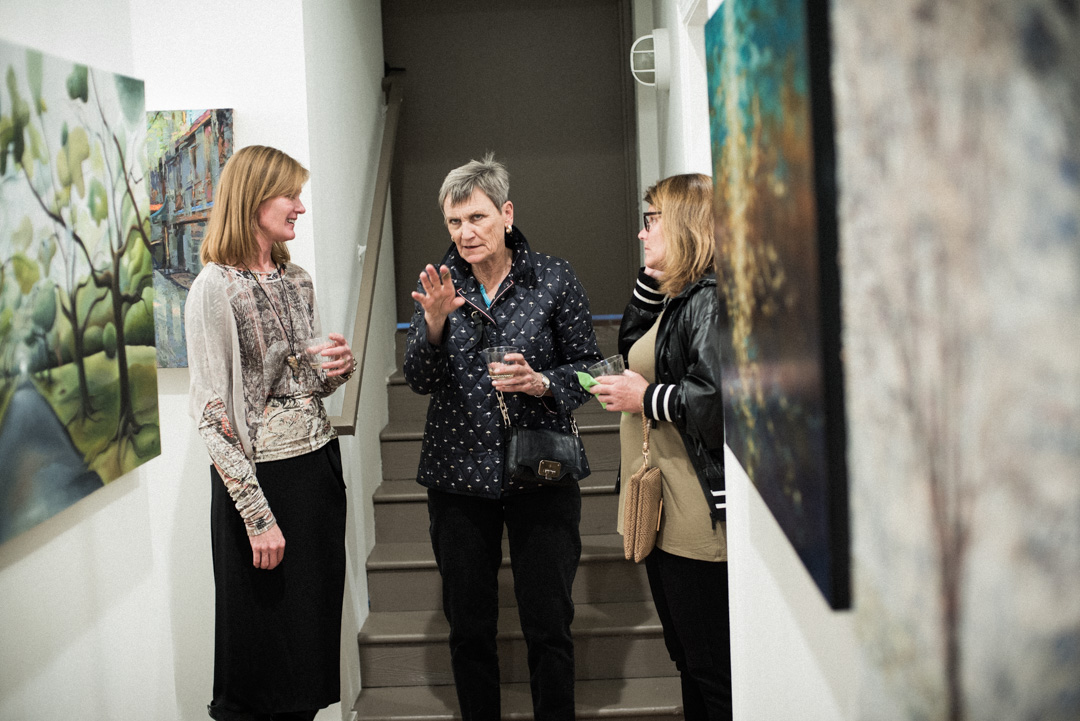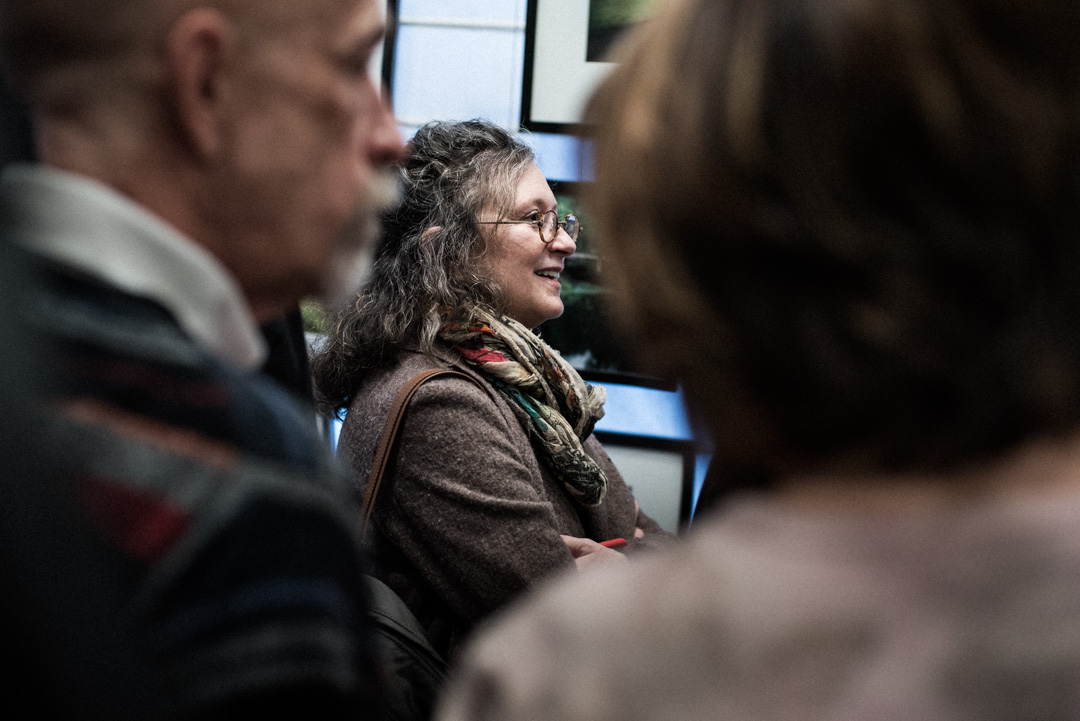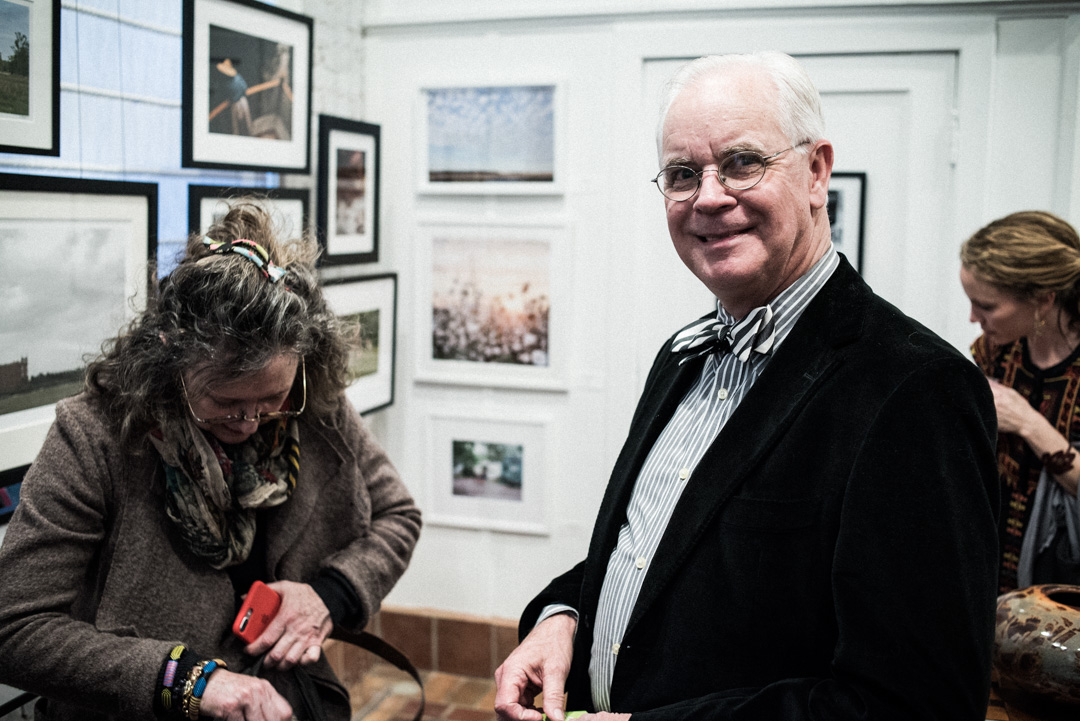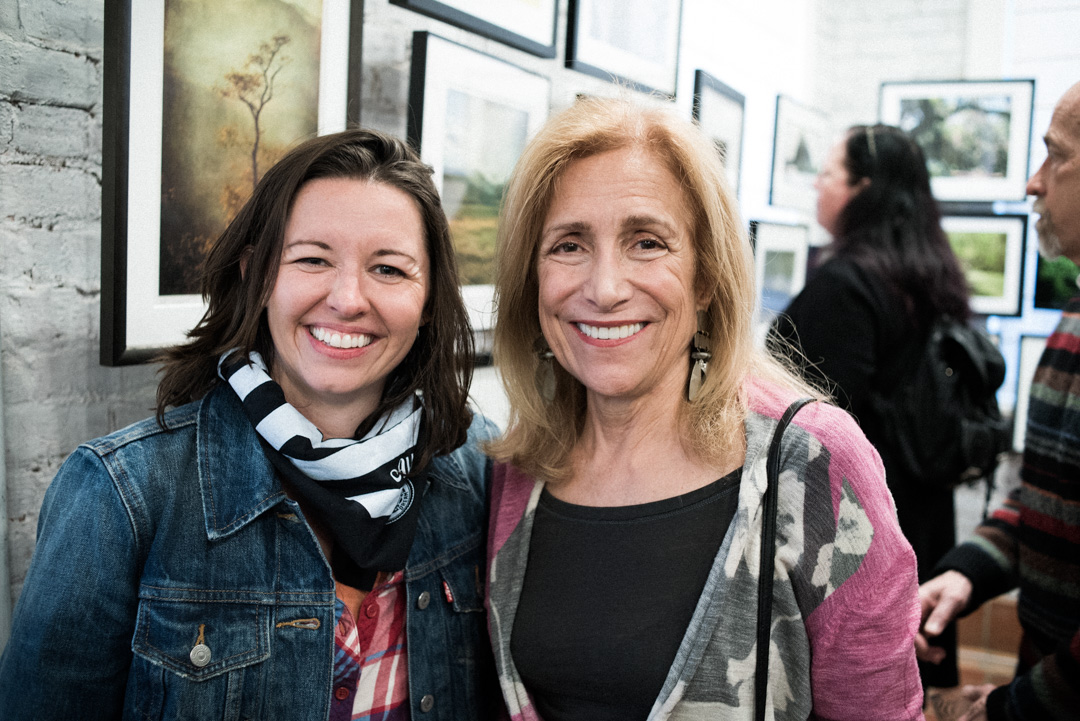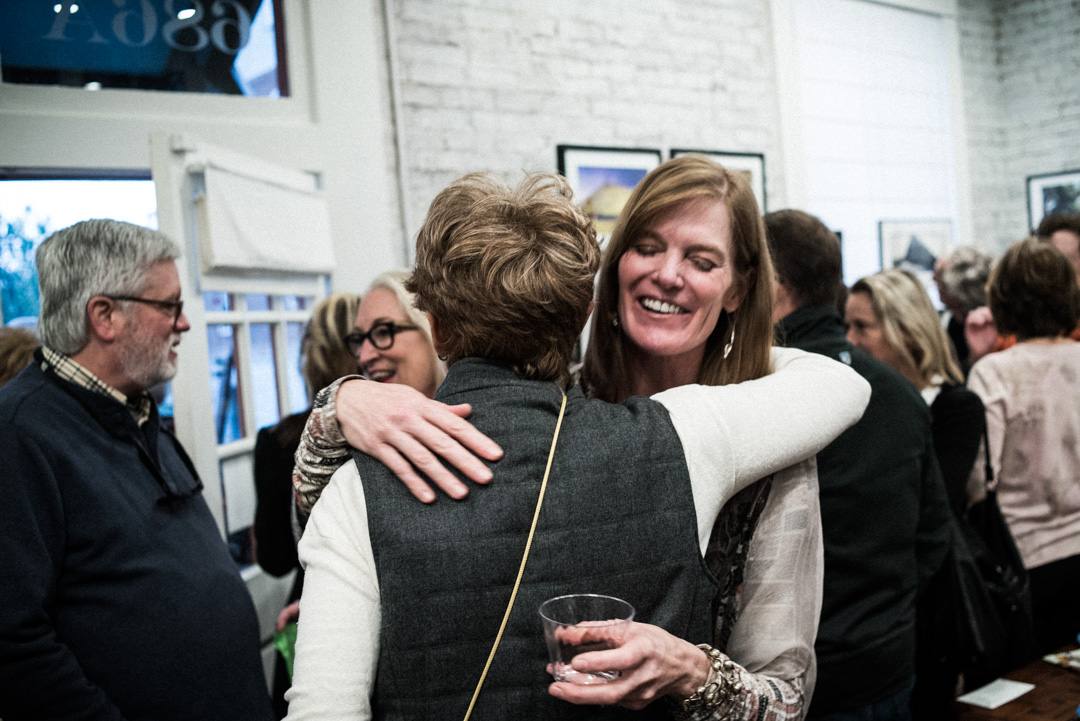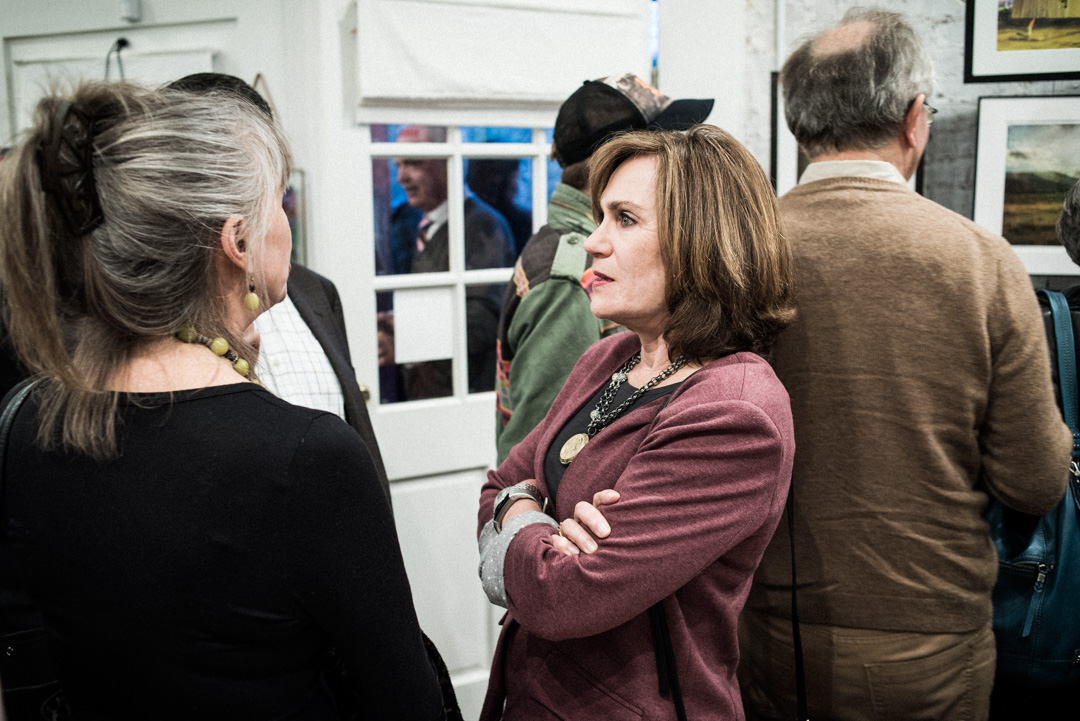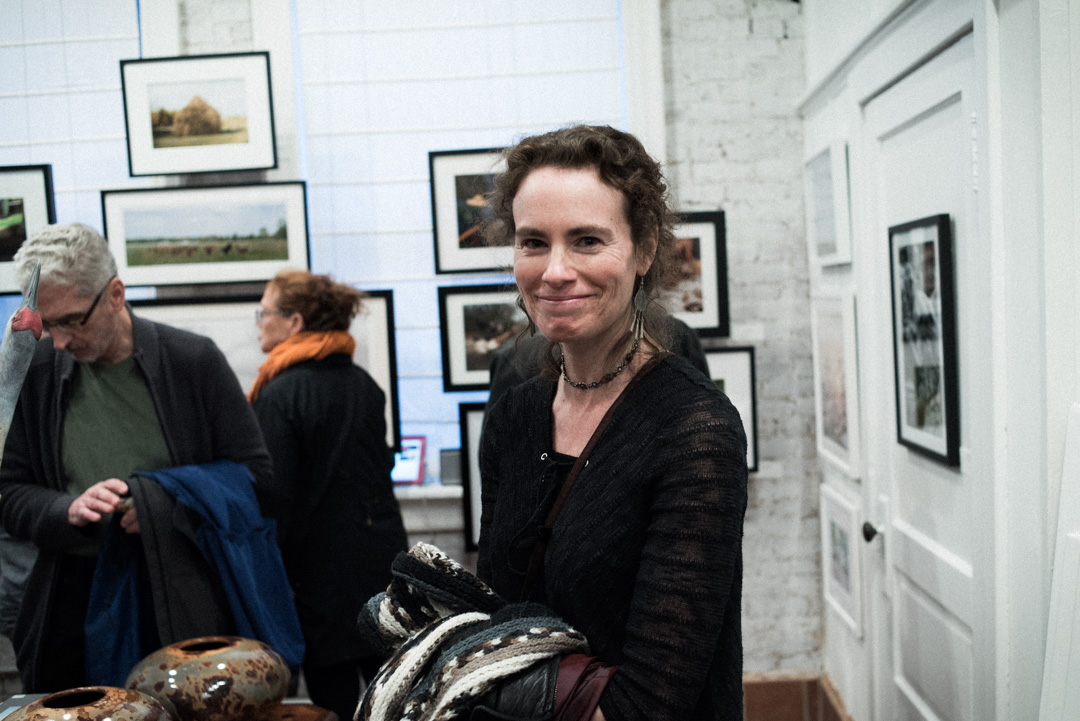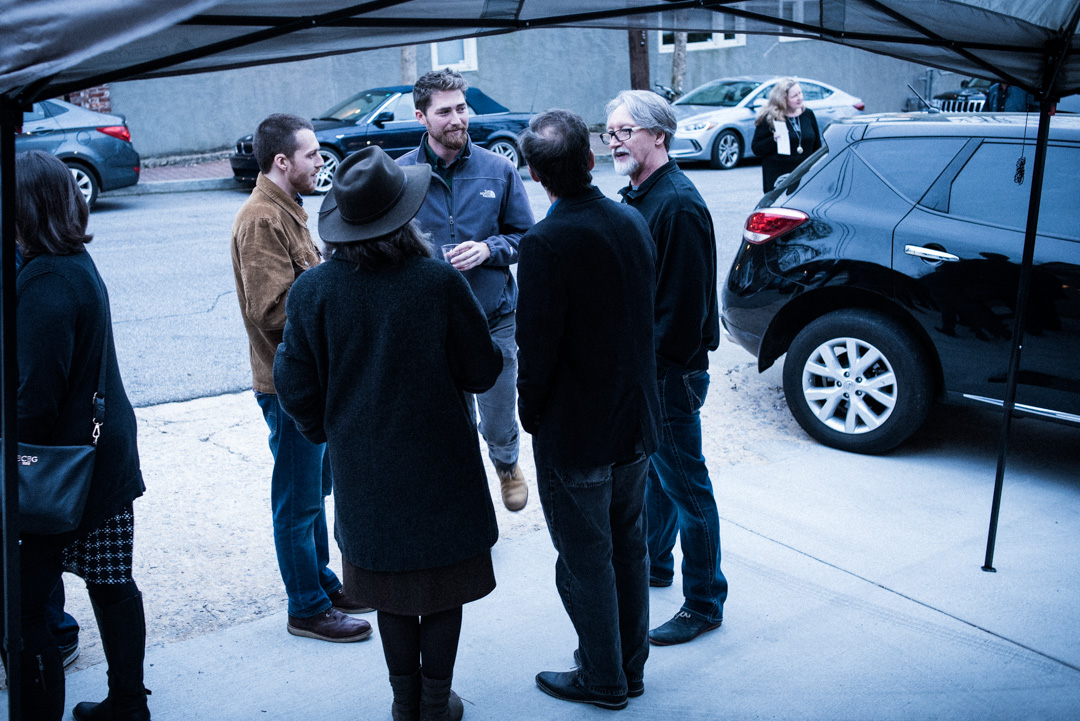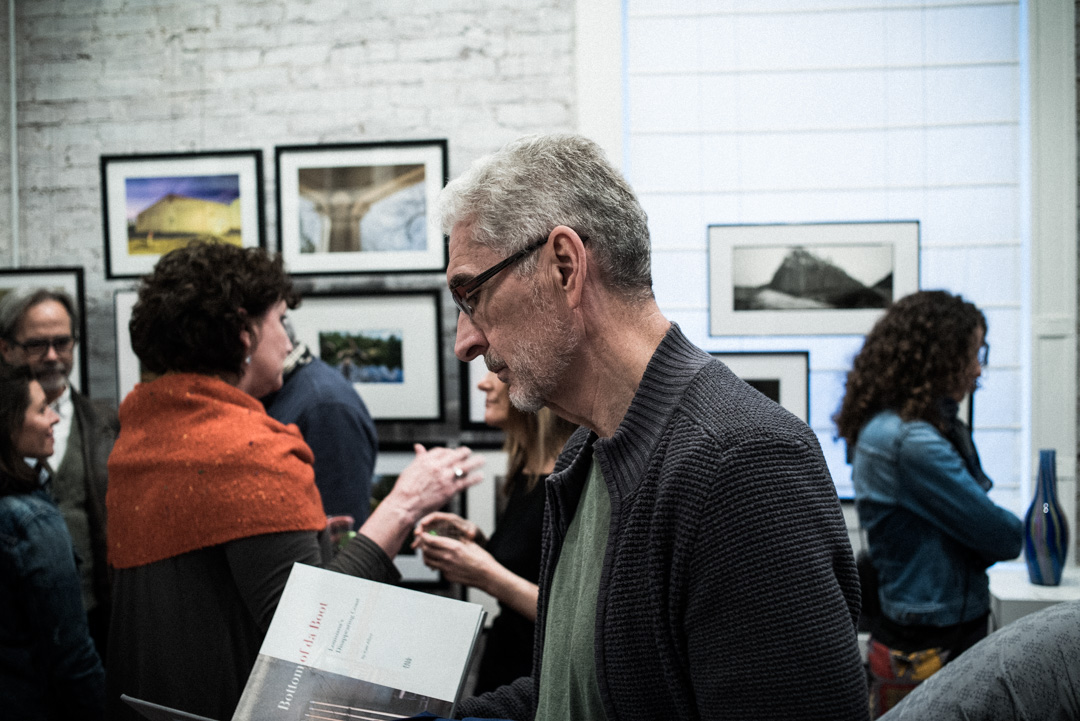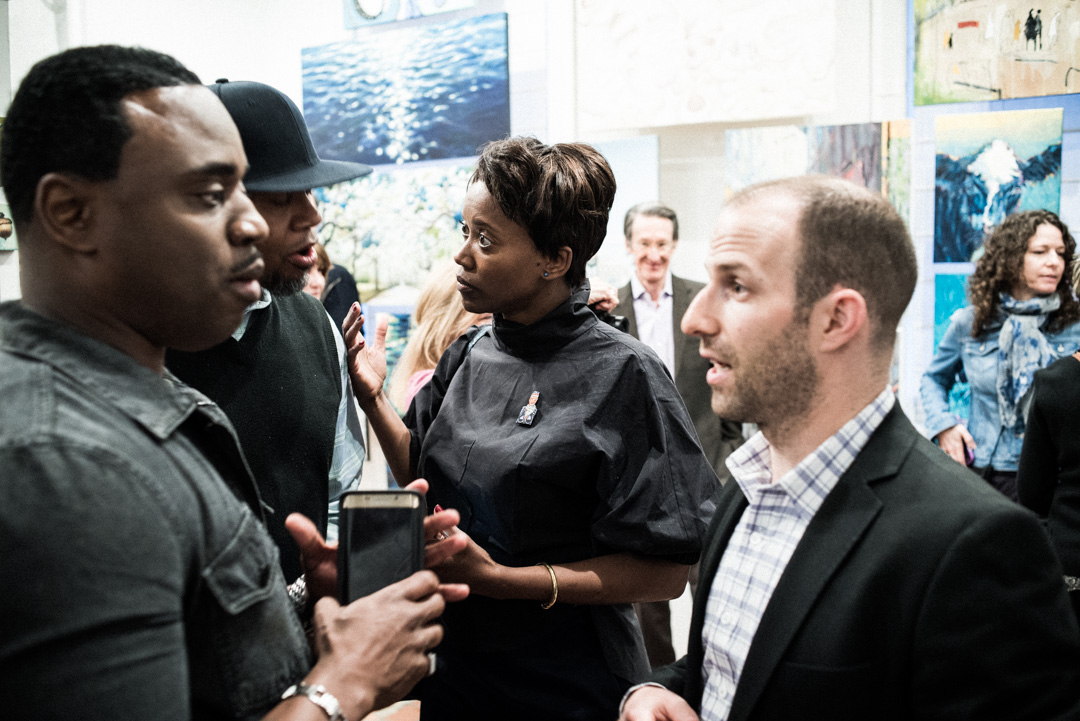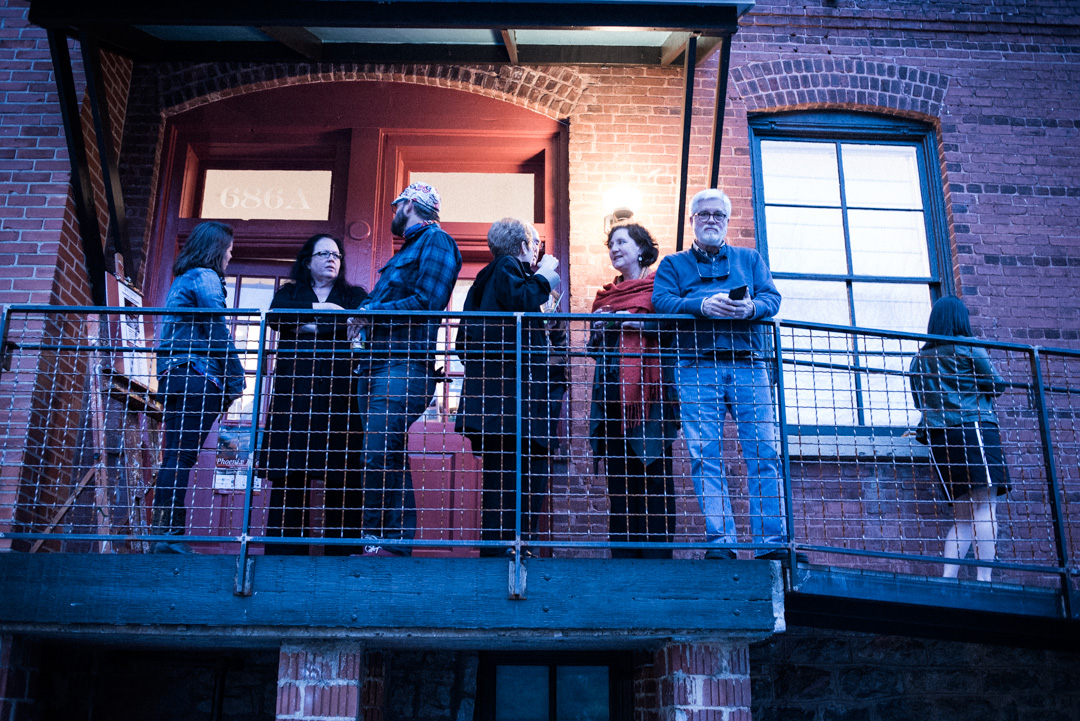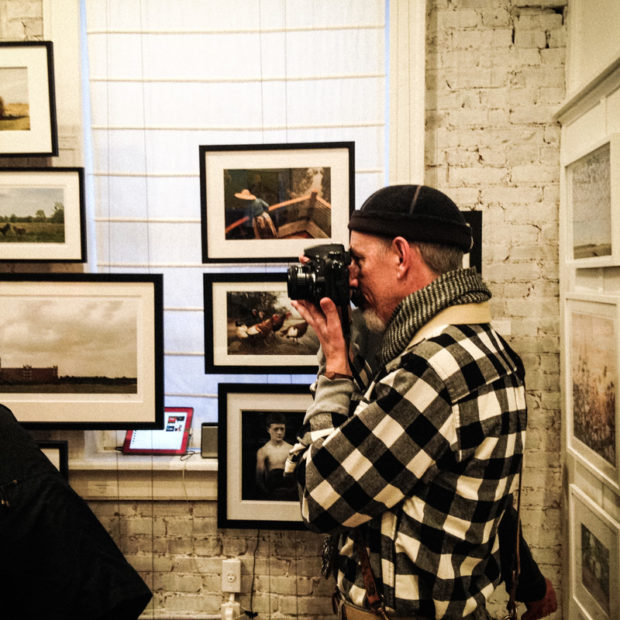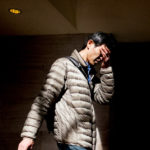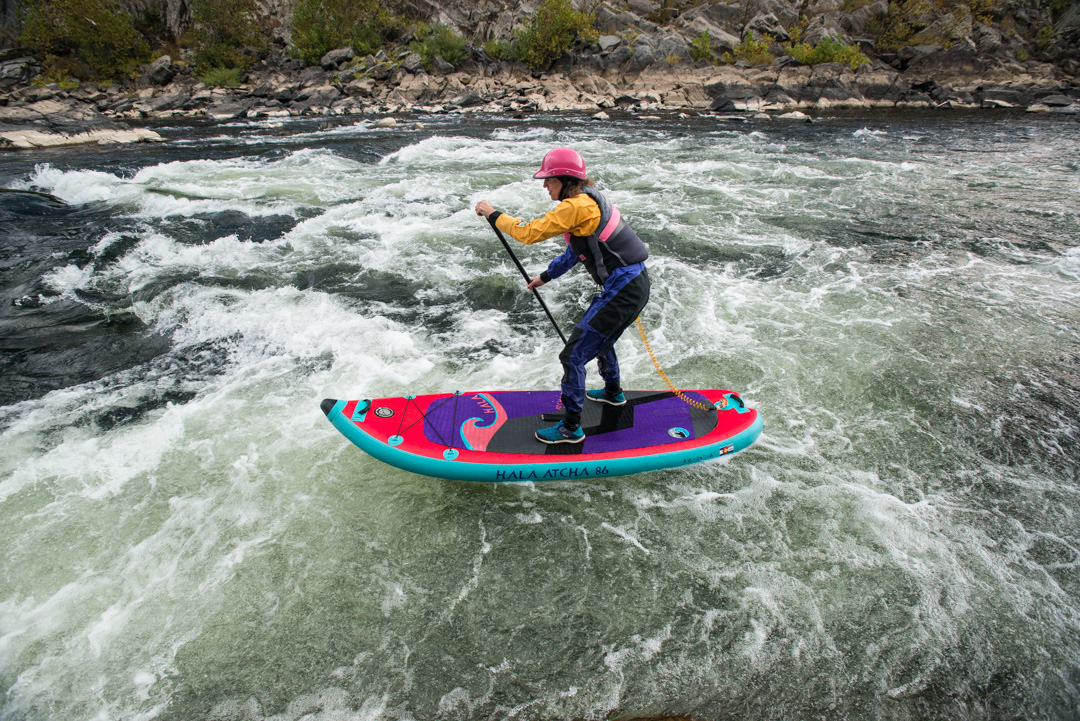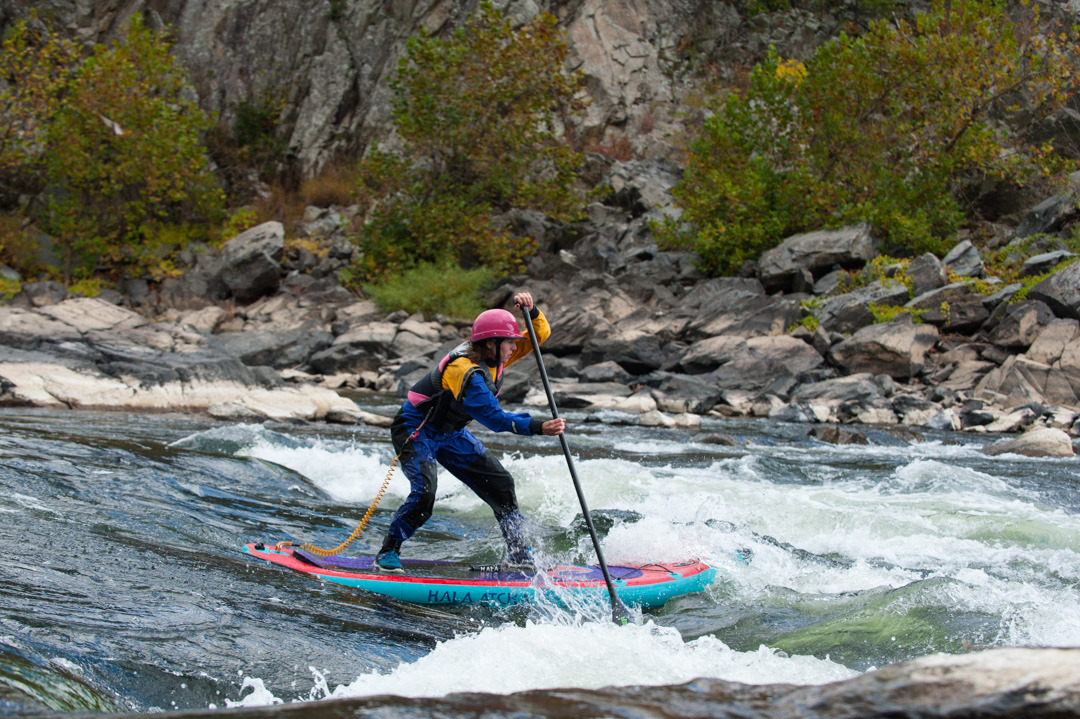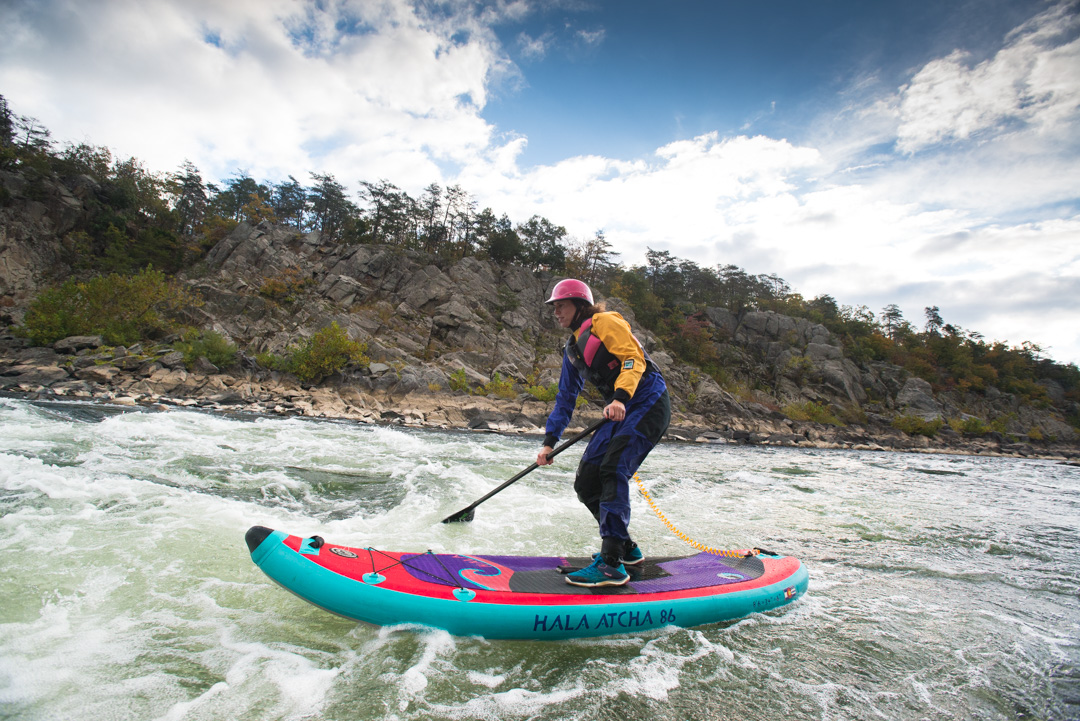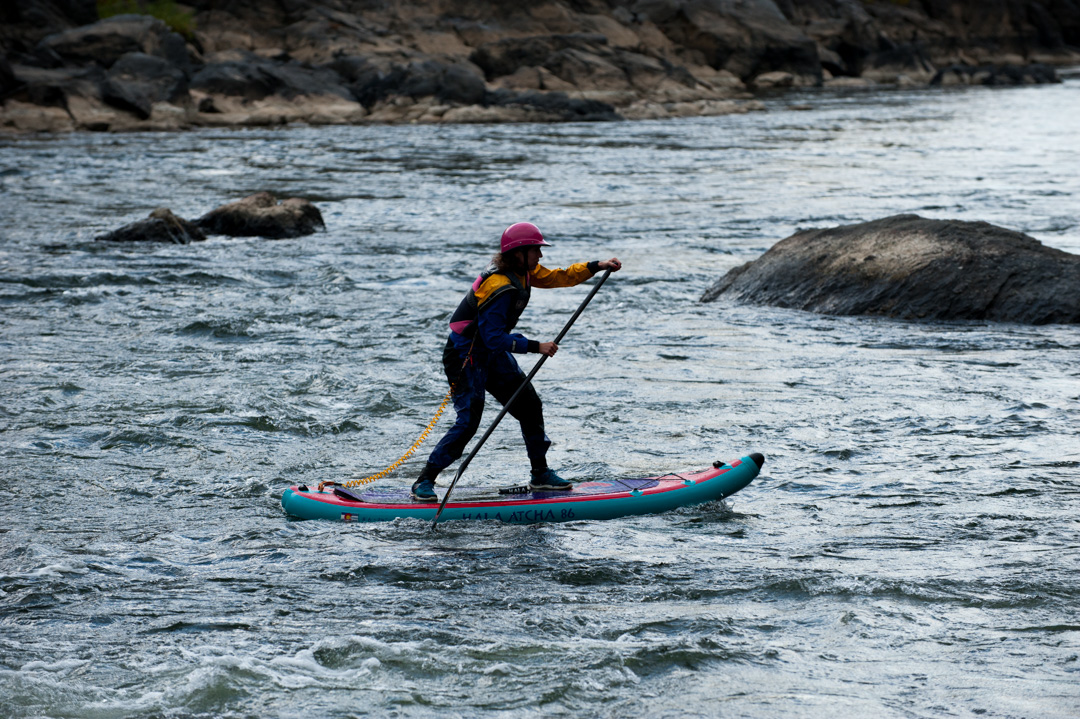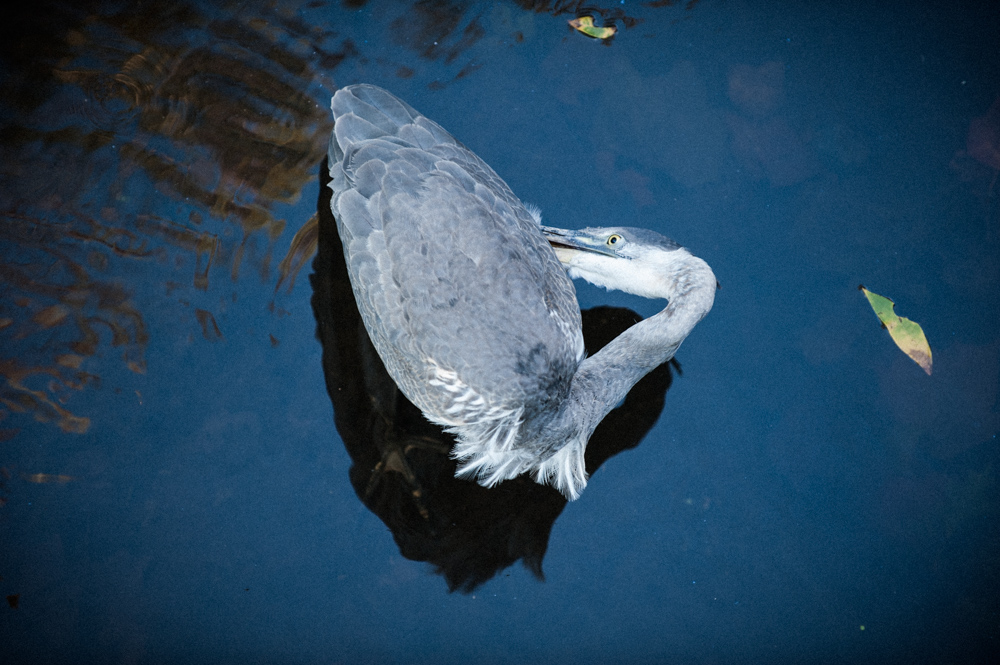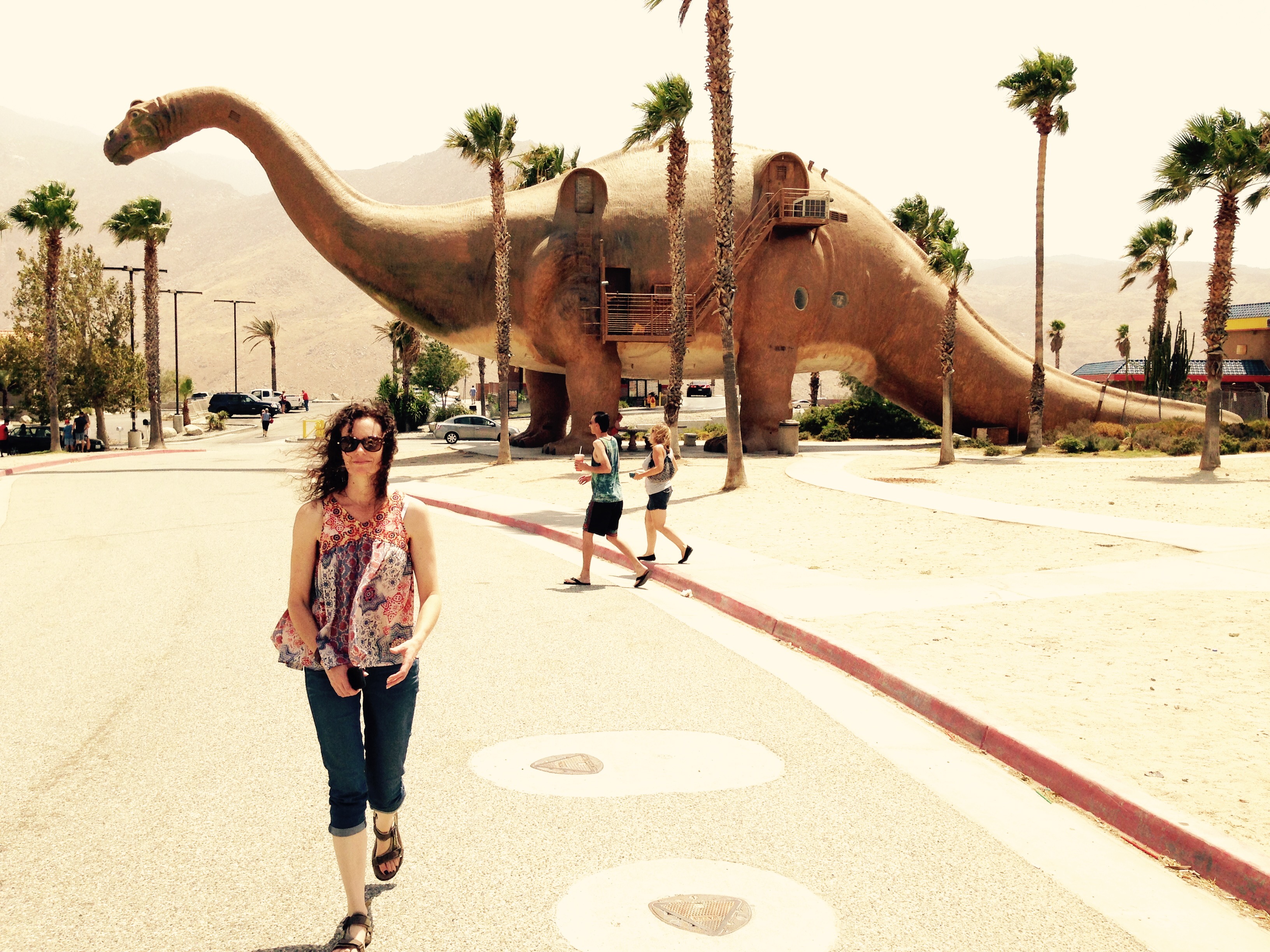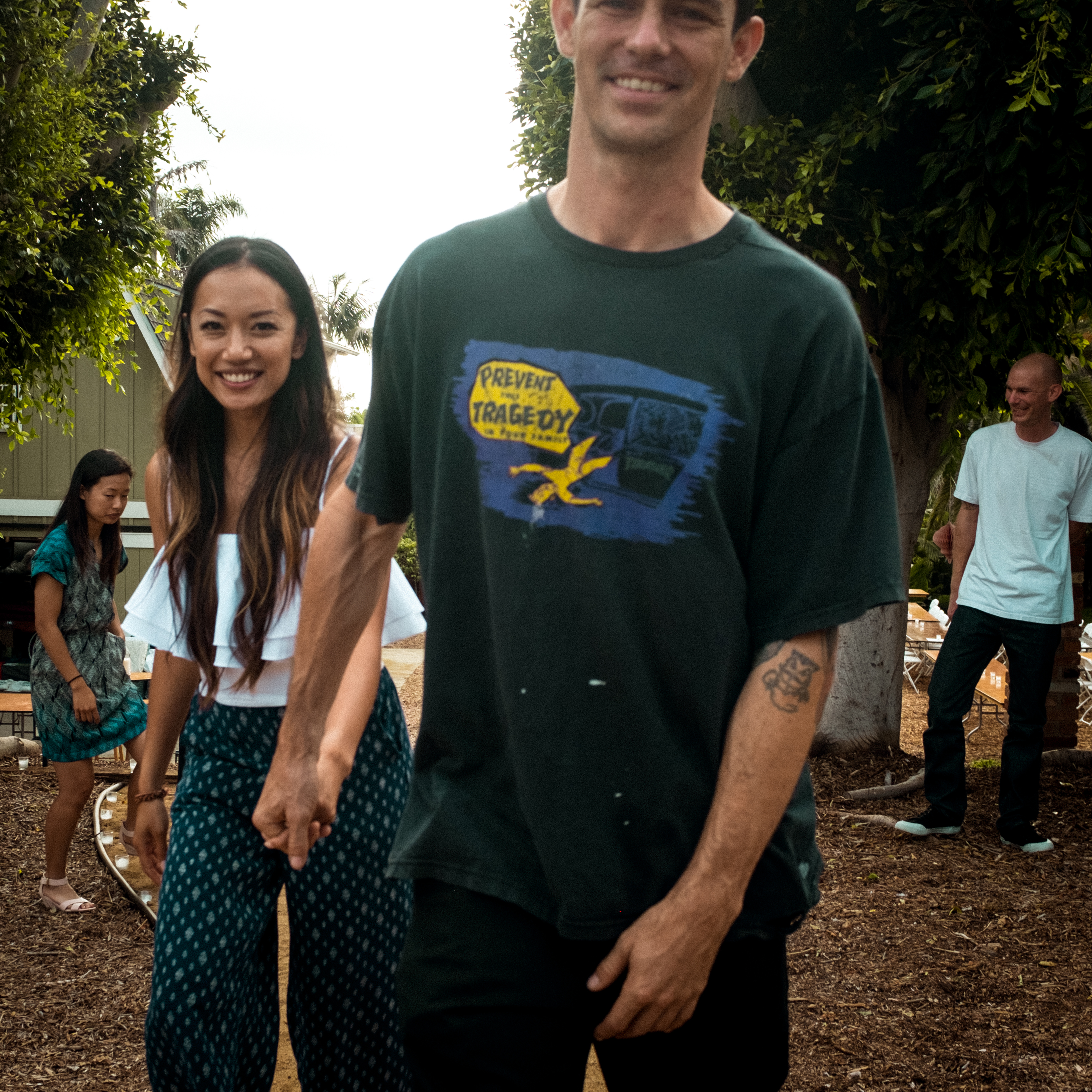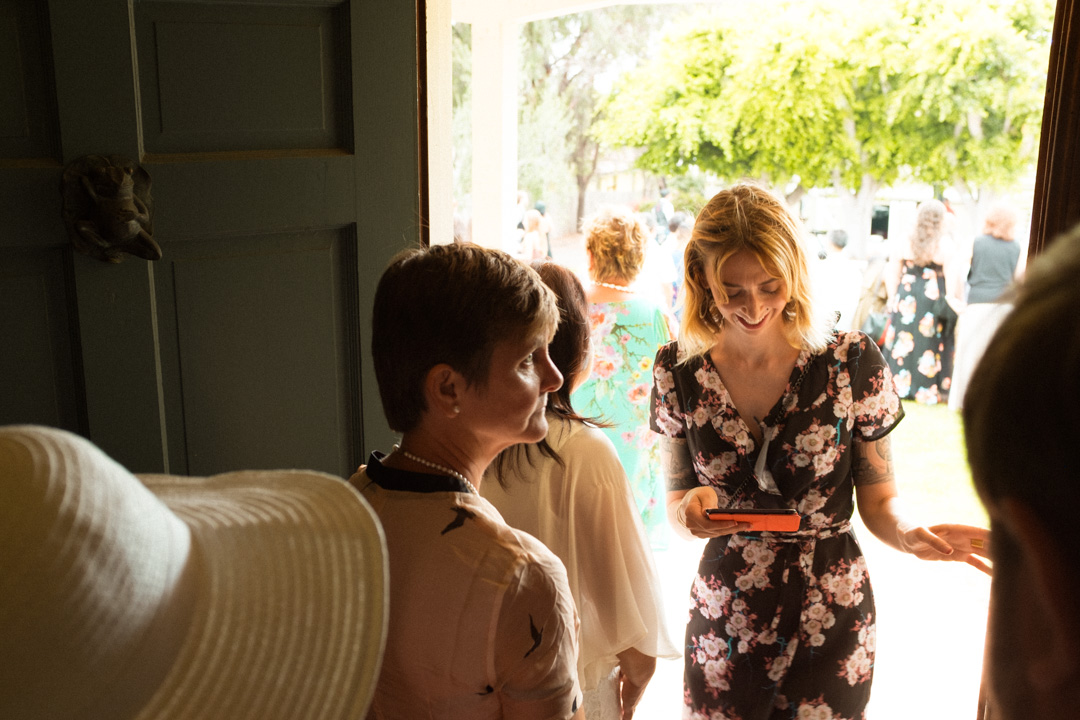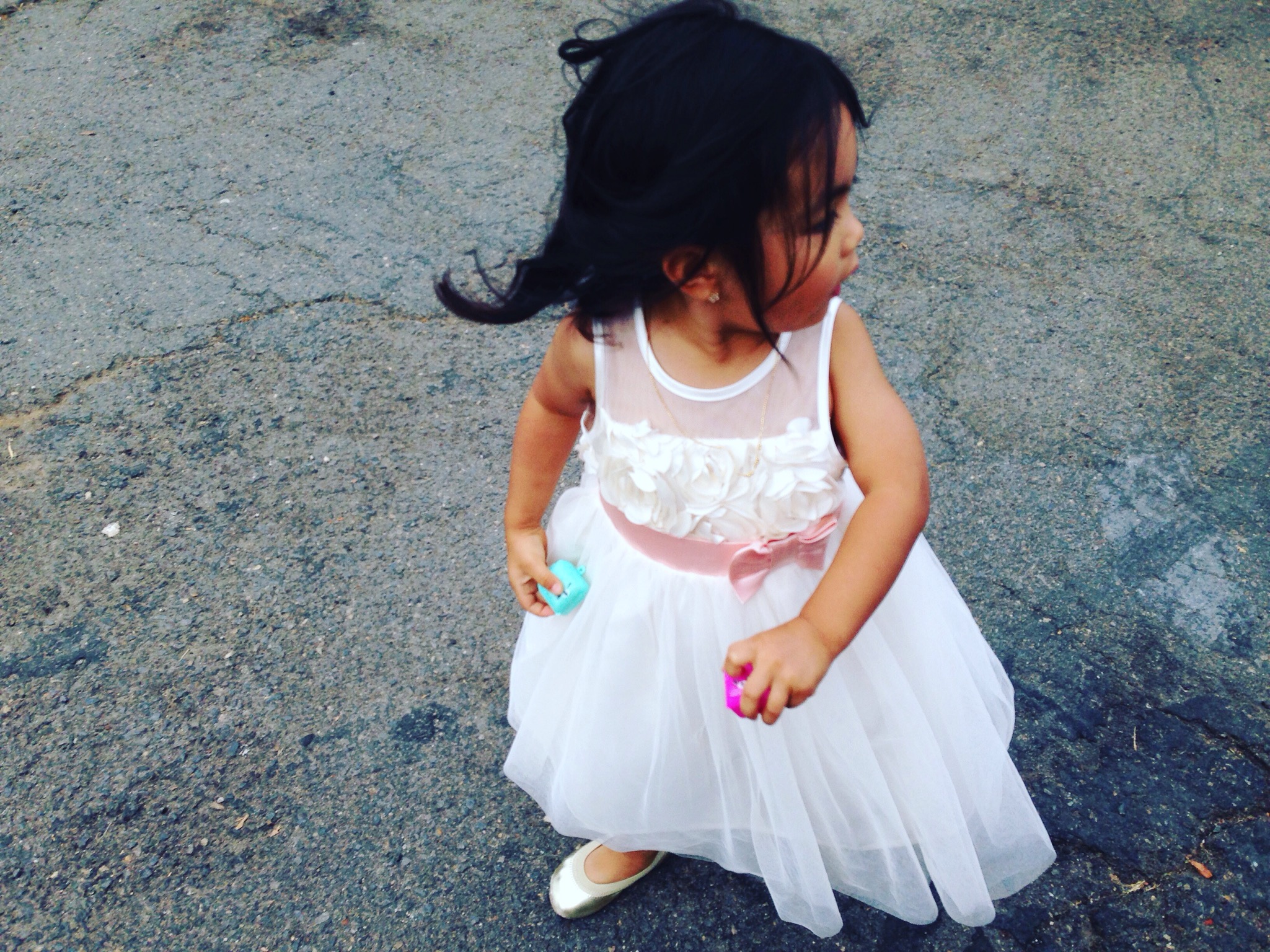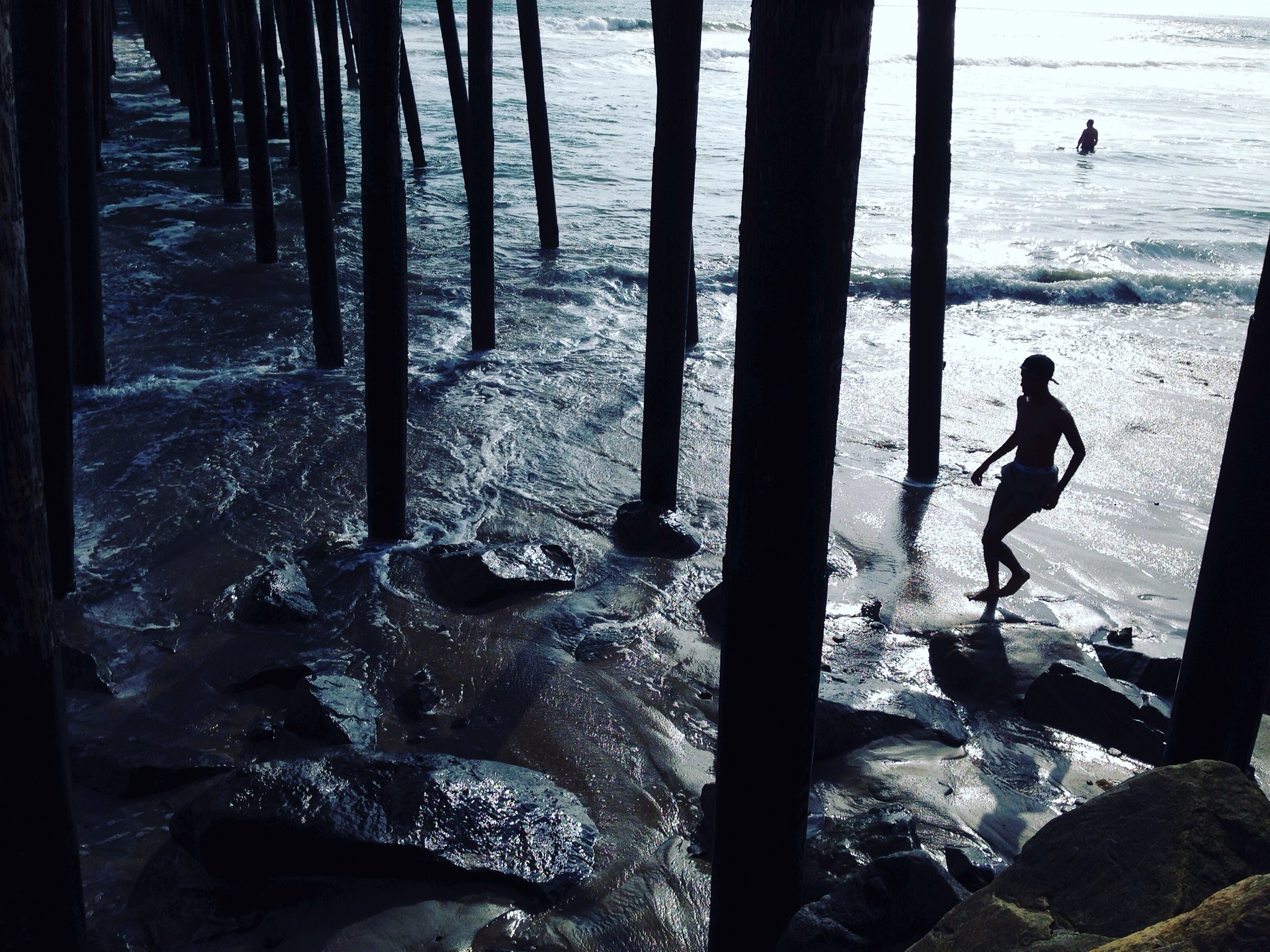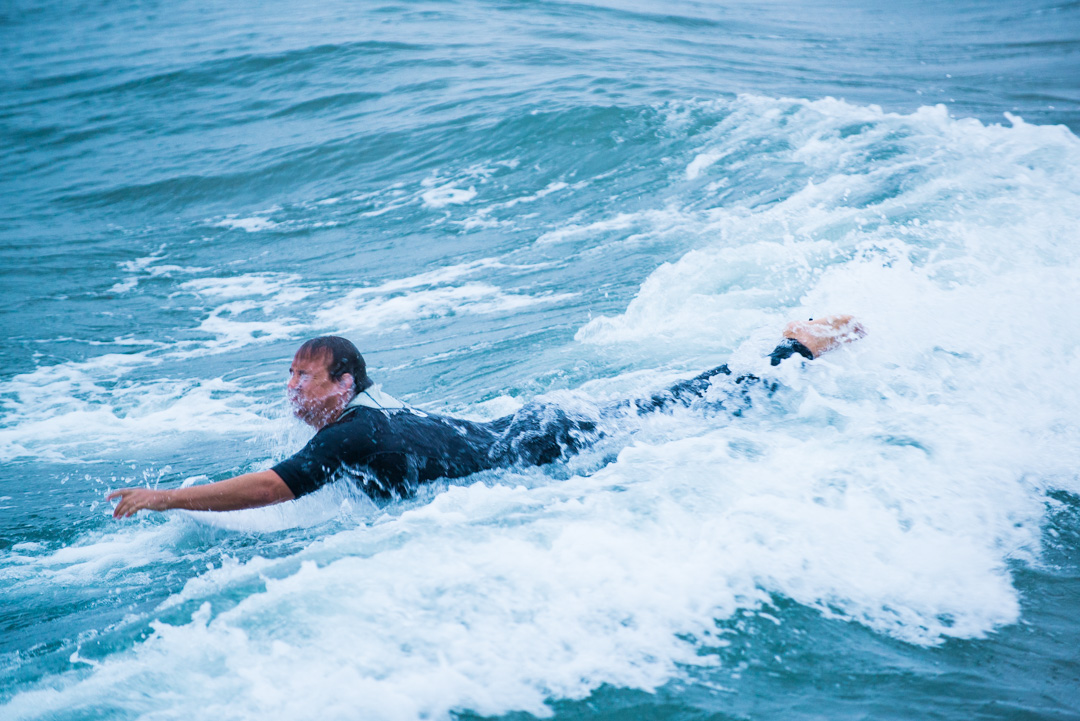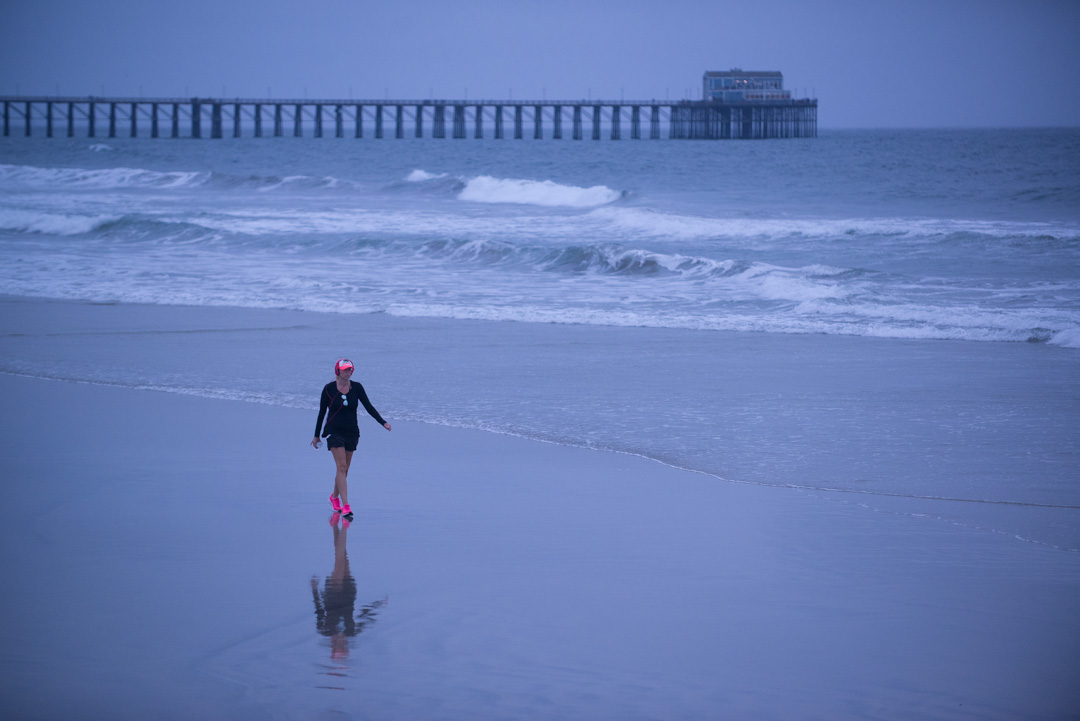Recent explorations on the streets of Washington, DC.
Category Archives: Travel
The big, wide world of photography
You don’t have to go to the four corners of the globe to find good photographs. However, there is something uniquely exhilarating about photographing virgin territory. When you explore new places with your camera every photograph is a discovery. Every click of the shutter is like unearthing a new fossil or an unknown society. You are more than a photographer you are an anthropologist, an archaeologist.
Few places are left on earth that human beings haven’t explored. But that takes nothing away from the thrill one gets from one’s own discoveries. Documenting those discoveries with the camera lifts our spirits and stokes our inquisitiveness. It pushes us to seek and find more.
Whether it’s 300 miles down the coast or on the other side of the planet, traveling to new lands stimulates your inner Indiana Jones. Adventure is around the next bend. Everything is new and different. The people, the food, the music, the art. The geology and the landscape. All there for you to discover for yourself. To fill your brain and broaden your mind; to stimulate your curiosity. It may not be a first for humanity but it’s a first for you!
That adrenaline rush, that increased heart rate, those hairs standing up on the back of your neck…that is real.
So what are you waiting for? Pack up the camera gear and get to discovering.
Don’t listen to the snobs, the pop-up flash is not an amateur’s tool.
I think it’s unfortunate that you can still find people out there bad mouthing the built-in or pop-up flash as a feature only “amateurs” use. They think a true “pro” would never waste their time with it. I think that’s snobbish and self defeating. Don’t listen to them.
The pop-up flash is an important and useful tool.
Fill Flash: Portrait in a non-formal portrait setting. Main light coming from window, camera right. One side of face lit, other side shadow. Dial down the pop-up flash to -1.3 EV. I find this puts just the right amount of light in there. Catch light in the eyes. It just fills in, doesn’t overwhelm. ( -1.3 EV worked for me in this case. Do some experimenting and see what works best for you.)
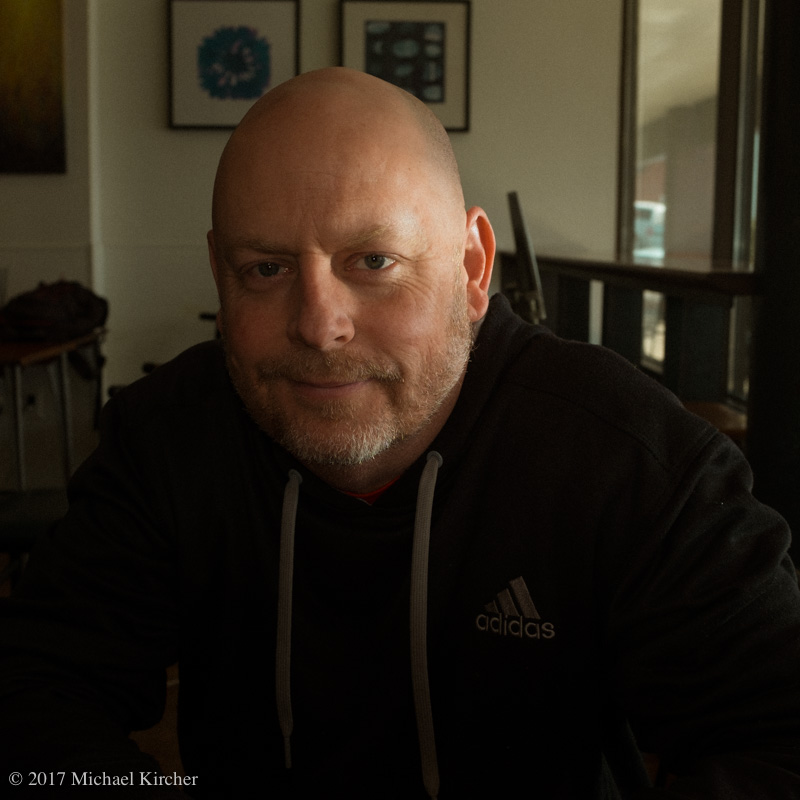
Portrait of John. Fuji X100S. 1/125 sec f 5.6. Built in flash fired at -1.3 (I believe!)
Fills in shadow side of face just a touch. Small catch light in eyes.
Main Flash: Flowers in the shade. Sure, lovely colors. But flip the flash up, dial it down to about -0.3 EV and shoot. All those colors will now pop. More vibrant than without.
Modified: This is useful for all kinds of flash/strobe photography, so I thought I’d toss it in here for a little extra tip. Using gaffer tape or, as I do, small strips of velcro, affix a 1/4 CTO gel to the flash and you get a more natural color temperature. Not that cold bluish/white color. It’s a slightly warmer tone and is usually very pleasing. I like this for almost everything, but definitely when shooting people.
Getting creative: Follow this link to a previous post on how to get an off camera soft-box look using your pop-up flash, a spoon and a white piece of paper (or–in this case–the back of an 8X10 print)!
Skateboard photography with the Nikon D750
Is the D750 the best all around Nikon ever? Maybe. Just maybe. It is for sure a damn good camera that can do pretty much all I need it to.
I shoot a wide variety of subjects. Landscapes, portraits, action, and much more. And for the last few months I’ve put this fine camera seriously through its paces.
Do I have quibbles? Sure. Nothing’s perfect, and I’ll probably tackle some of that on another day. But for now I want to focus (heh-heh!) on the positives.
It is lightweight, has a deep, comfortable grip, and produces amazing files. But what has stood out the most for me is the remarkably fast and accurate focusing system. I have spent most of my digital life with a D200 and D700, both more than serviceable cameras. But the difference with focusing between them and D750 is stunning.
I’ve been doing a lot of skate photography lately. Much of it at dusk and in the evening under less than ideal lighting conditions. But I’m happy to report the hit and miss ratio has been heavy on the hit side. The focus tracking in continuous mode impresses for sure. I tend to use group area focusing most of the time with action, but I’ve used single focus points before and still usually get the shot.
I’ve been using mostly Nikkor lenses: 35mm f2, 17-35mm f2.8 and 70-200mm f2.8. I will note that these are all older models. There are newer, more advanced version of these lenses that no doubt have better focusing mechanisms. But I regularly nail the shots with these old guys.
A few examples:
The focusing system on the D750 isn’t as advanced as the D500 or the D5, but man it’s hard to see where it’s lacking! It more than takes care of my needs.
(Rumor has it an upgrade to this 2 ½ year old camera is in the offing — maybe as soon as July!? — so things can only get even better, right?)
*Fingers crossed*
John F. Kennedy Center for the Performing Arts Open House.
Skateboarding and opera all under the same roof? Sure! Why not?
On May 27th the Kennedy Center in Washington, DC treated the city to an open house event celebrating the 100th birthday of John F. Kennedy. My wife and I spent the day and a good part of the evening down there taking in all we could. We visited with friends and we soaked up the sights and sounds. Ate good food and made a few photographs. The entire Center was open and in use.
Thousands of people visited throughout the day and were treated to — among other things — acrobats, dancers, DJs and live music — Hip Hop, blues, alt-rock — and of course a killer skate session at the Finding A Line skate park in the front plaza of the Center.
It was an amazing event open and free to the public. How they were able to pull that off I have no idea, but good on them for doing it.
So here’s to more events like this one. And here’s to the the John F. Kennedy Center for the Performing Arts for being bold enough to blend a great variety of artists and performers with skate culture. As you’ll see below, it worked out pretty well!
Southern Landscapes, Opening Reception
Many thanks to Elizabeth Avedon, Nancy McCrary and Laura Adams at Brickworks Gallery for putting together this wonderful exhibition. Couldn’t be more proud to have one of my photographs included. And as I hope these images will attest, the opening reception was a true hit. If you’re anywhere near Atlanta the Southern Landscapes exhibit will be on display till the end of March.
Yours truly.
5 tips for becoming a better photographer
-know your camera inside and out-
Whatever camera you have — SLR, mirrorless, point & shoot, iPhone — what matters most is that you know it! Know its every quirk. Know how the flash system works. Know what all the dials are for. Know every page of the menu system. When you pick up the camera you should not have to think. It has to be second nature. One of the best ways to achieve that comfort level is to get out and shoot as much and as often as possible. But have it down pat before your first big assignment! Don’t want to be fooling around with buttons, dials and menus while the bride and groom impatiently stand by!
-R-E-S-P-E-C-T-
I don’t think photographers should strictly avoid shooting homeless people or the indigent or the mentally disabled. However, I hope photographers would first ask themselves, “Why?” Why am I photographing that guy sleeping on a bench? That lady in the tattered, dirty clothing? The young man talking erratically to himself? Show some respect. Think before you shoot.
-step outside your comfort zone-
Are you a portrait photographer? A wedding photographer? Have you ever tried street photography or nature photography? You should! Exploring different styles is nerve wracking and exhilarating at the same time. It also gives you an informed appreciation for the work of others. And it affects the way you shoot your everyday work. Much of what you learn from one genre can be applied to another. Expand your horizons.
-become an avid reader-
Fiction and nonfiction. Learning how the world works and seeing the world through the eyes of others is vital for a well rounded life. Reading lets us step outside our bubble, literally and figuratively. Ultimately, this helps photographers approach their subject with more empathy, creativity, and thoughtfulness.
-avoid cliches-
Give the obvious a wide berth. Someone jumping over a puddle? A cactus in foreground with snow-peaked mountain in background? An old nun walking past a poster of a scantily clad woman? If you think you’ve seen it a million times before, do yourself (and the rest of us!) a favor, don’t click the shutter.
Surfin’ the Potomac
My friend Julie Lang (@potomacsurfer) trying out her groovy new board. Wet Bottom wave in Mather Gorge on the Potomac River.
Super cool.
Great Blue Heron, C&O Canal NHP.
I photographed this young great blue heron the other morning in one of the locks at the C&O Canal National Historical Park in Potomac, Maryland.
Preening helps keep feathers in tip-top condition; realigning feathers for better aerodynamics, removing parasites and spreading secreted oils to each feather for waterproofing.
On The Road: Southern California
106º F is hot! How hot? So hot that when you stick your arm out the window doing 75 MPH it still feels hot! Like burning uncomfortably hot! Wind chill factor did not seem to apply. This was somewhere along I-10 just south of Joshua Tree National Park. I’d never experienced heat that great before, and I’ll be fine if I never do again.
It was 6 hours on the road through the southern California desert, on our way to Oceanside. We’d left Phoenix earlier that morning and had the A/C cranking nonstop. The temperature had dropped to 102º by the time we reached the Dinosaurs of Cabazon. So, you know… cool! Despite the heat we couldn’t resist that famous roadside attraction. Americana at it’s weirdest!
Eventually, jumped back in the air conditioned compact and pushed on to the coast to visit with family, attend nephew’s wedding, hangout by the beach and just generally explore Oceanside, California. Which, by the way, never broke 80º our entire stay.
